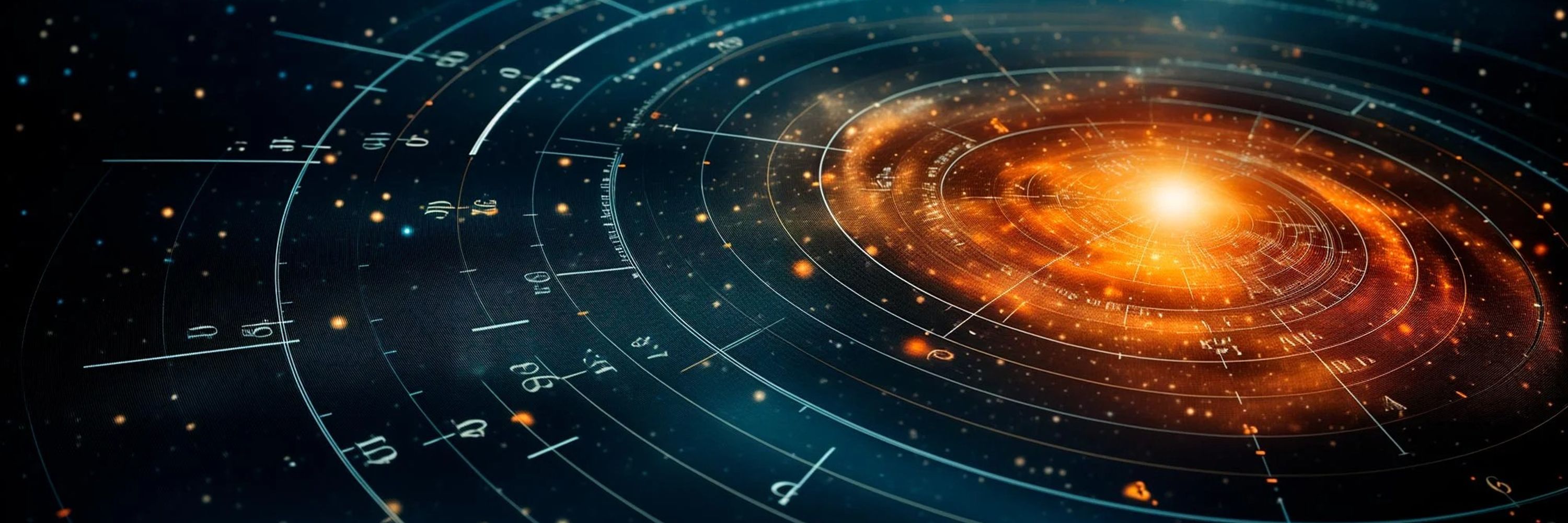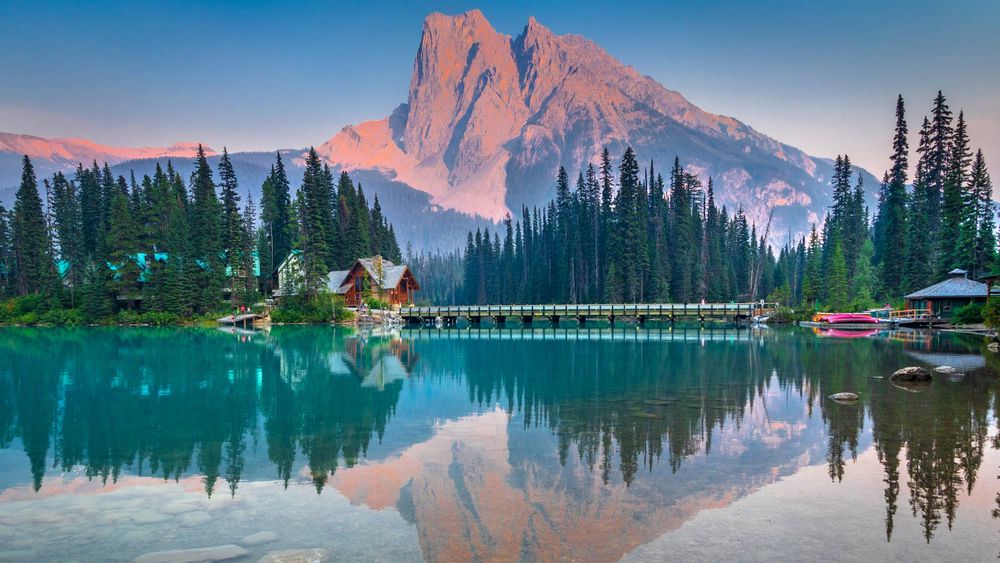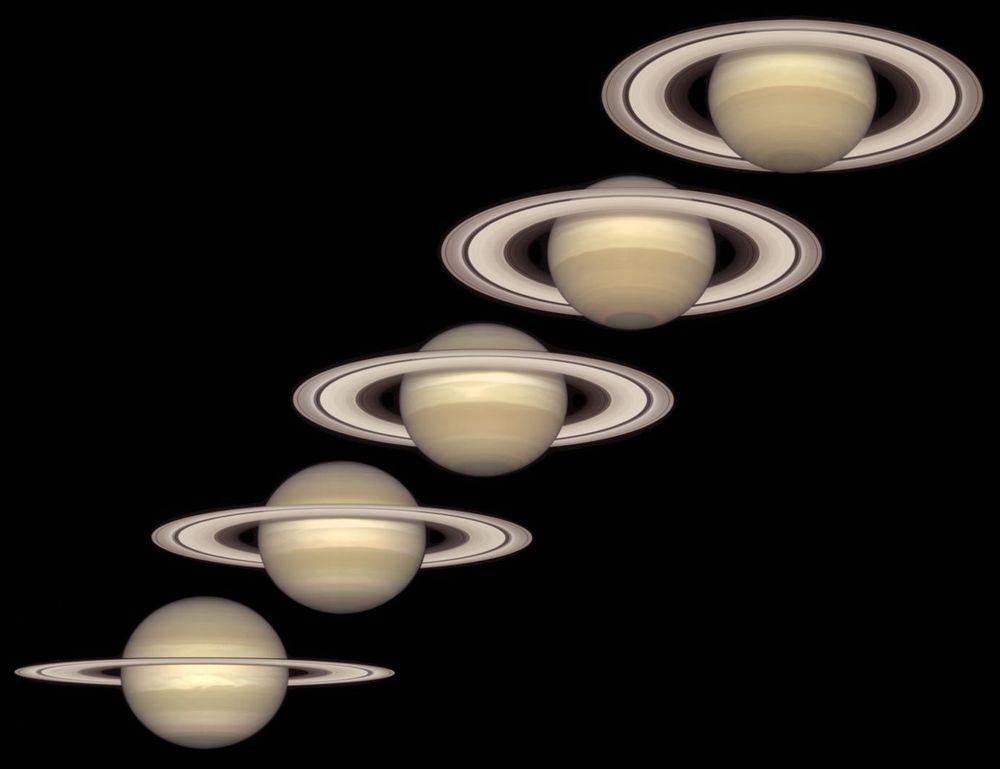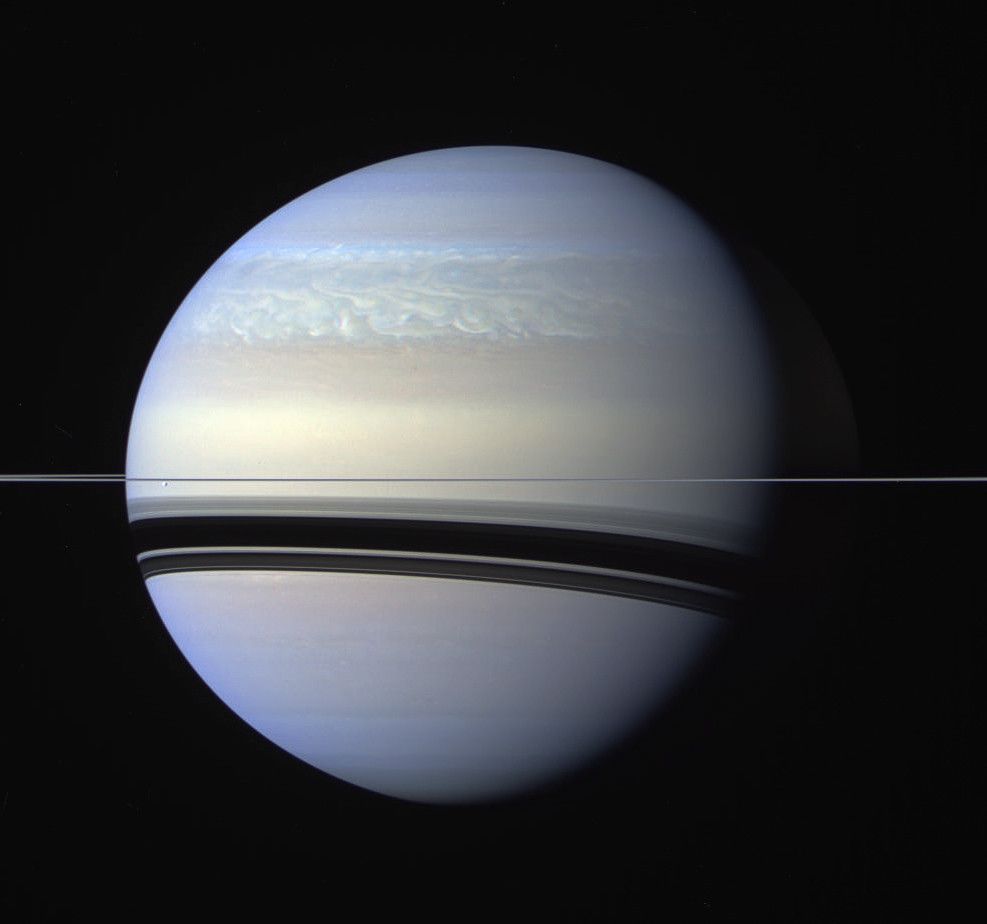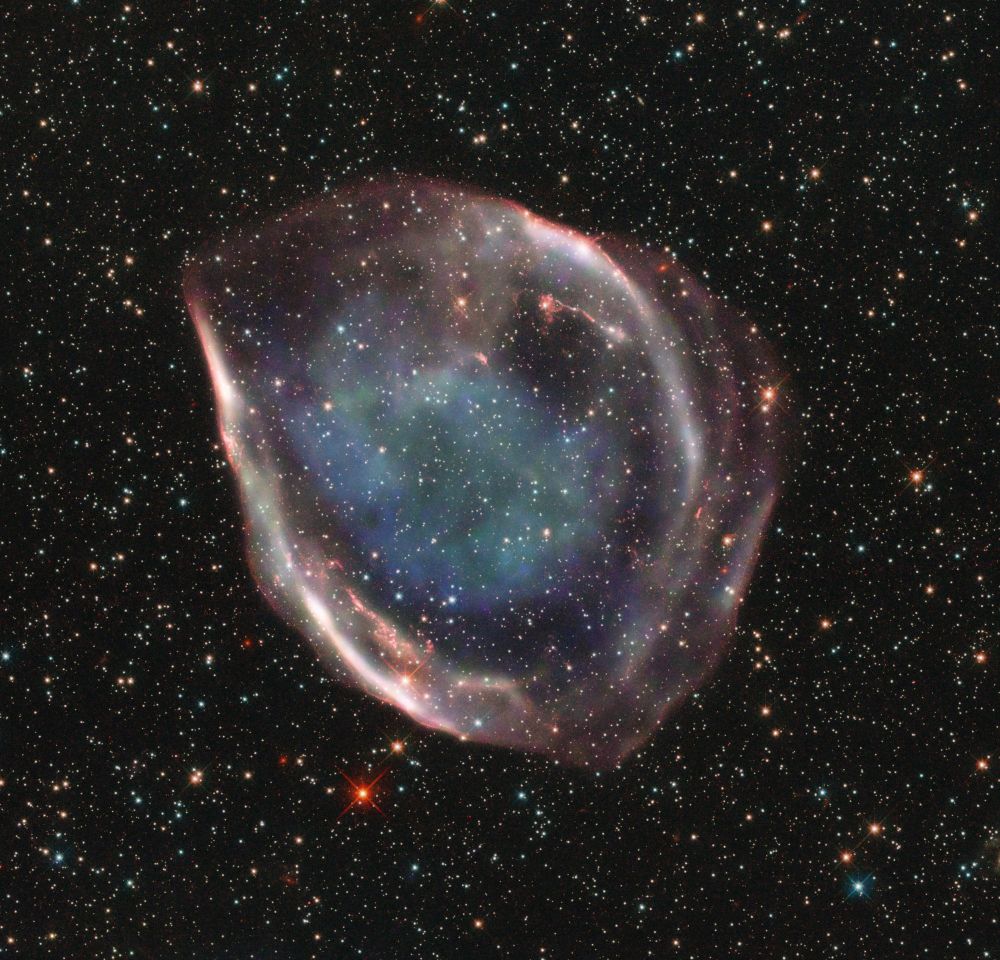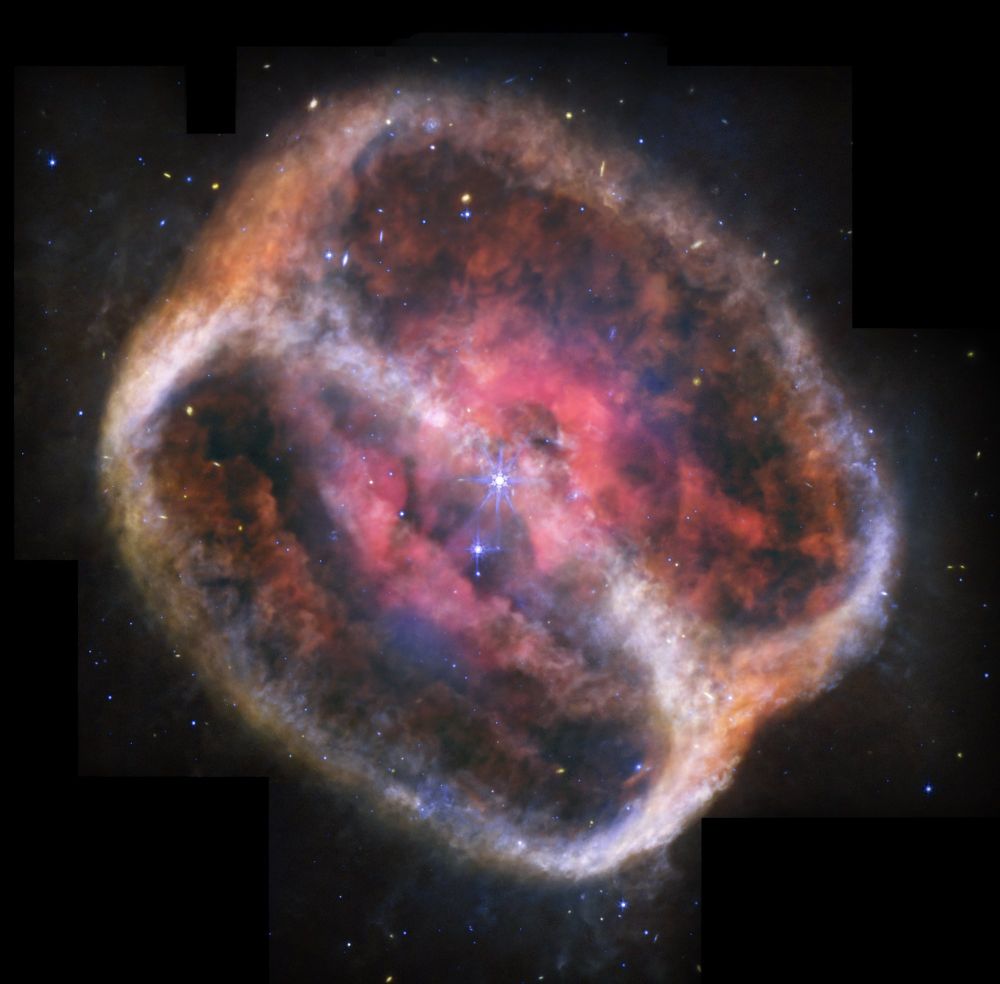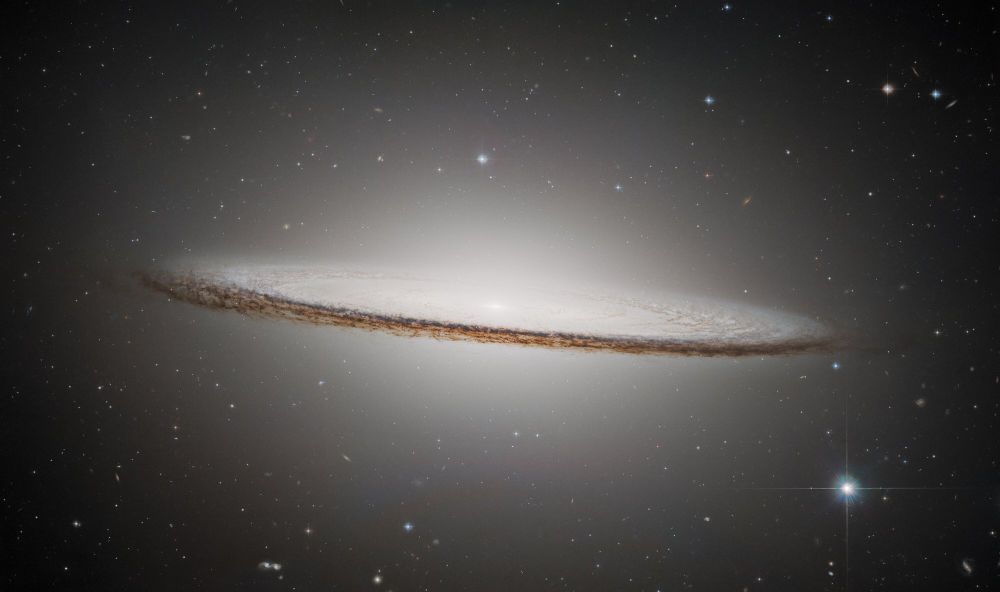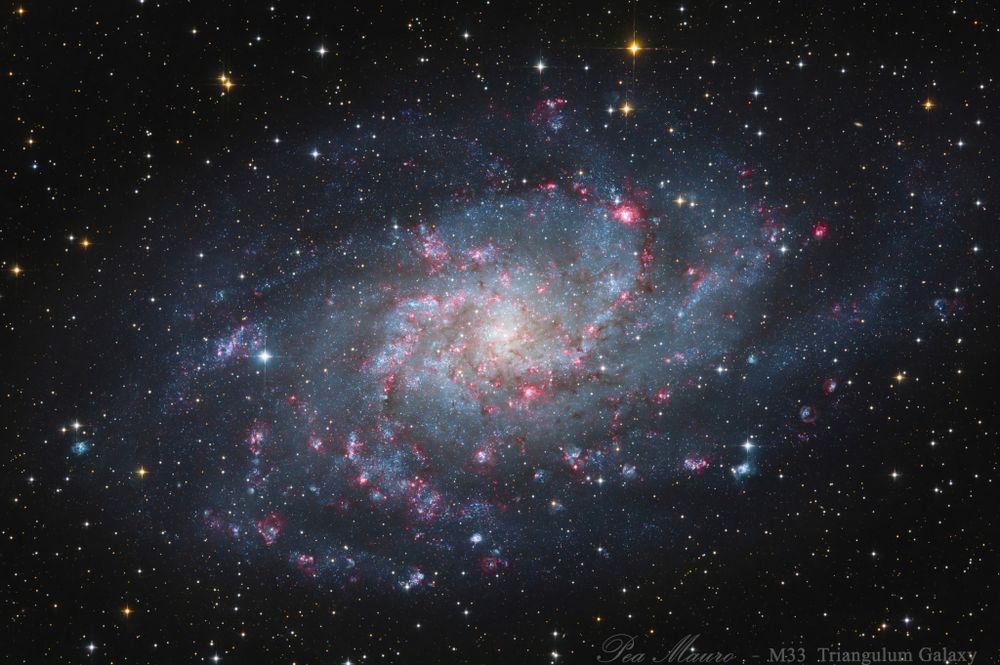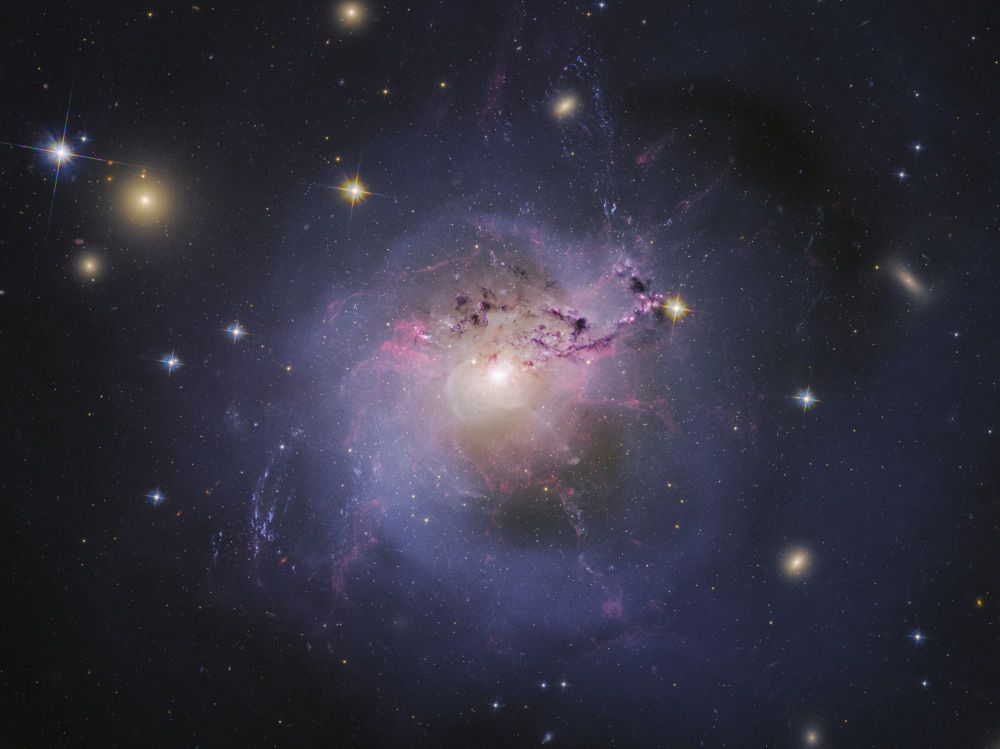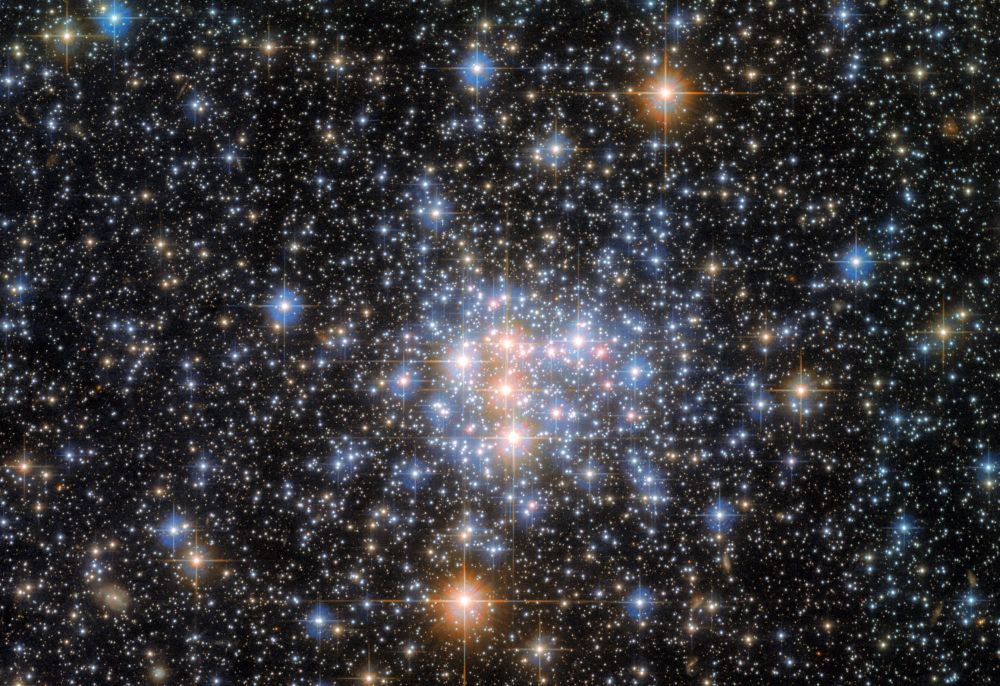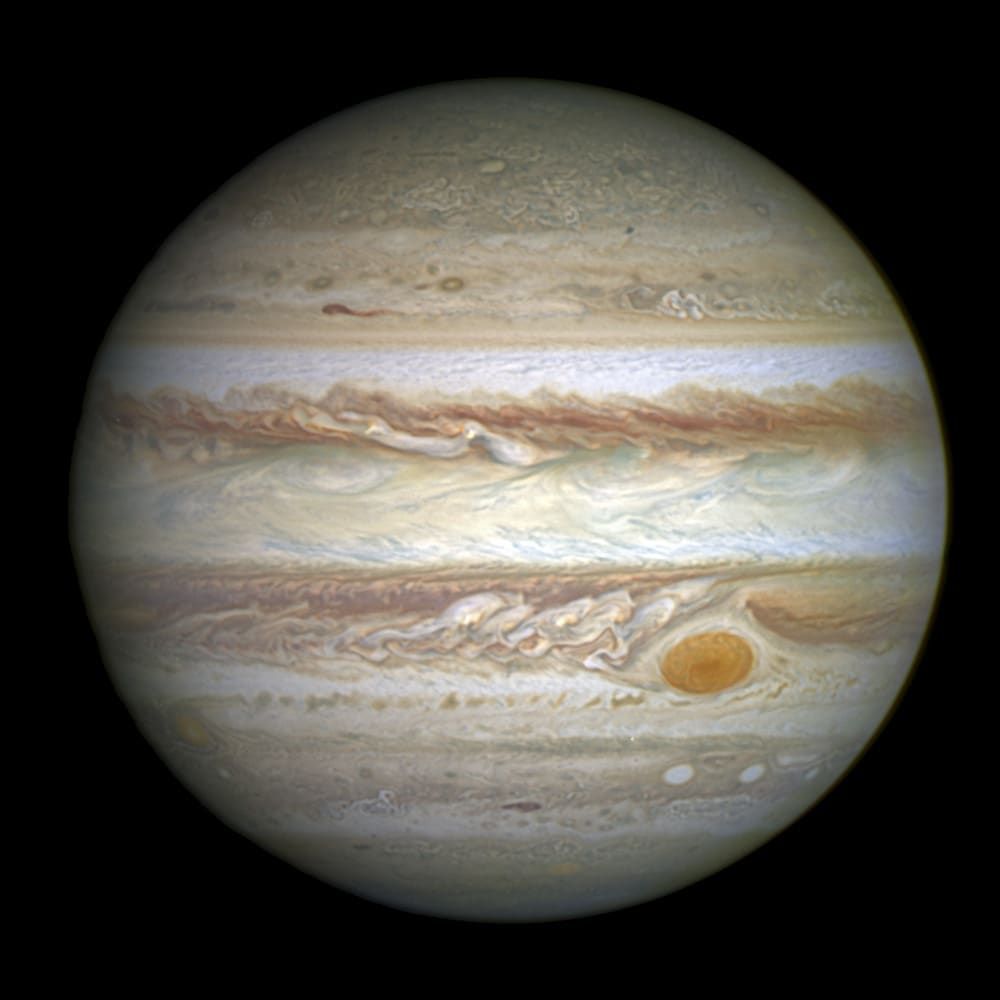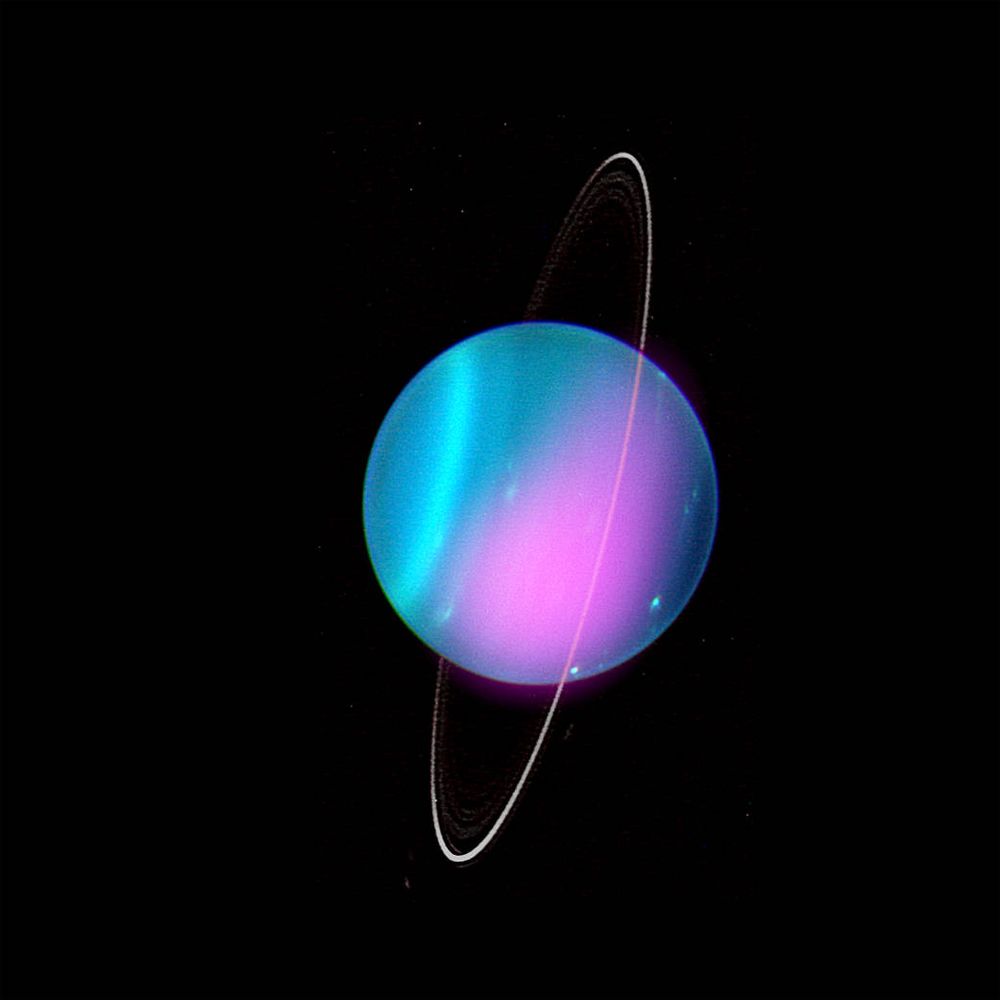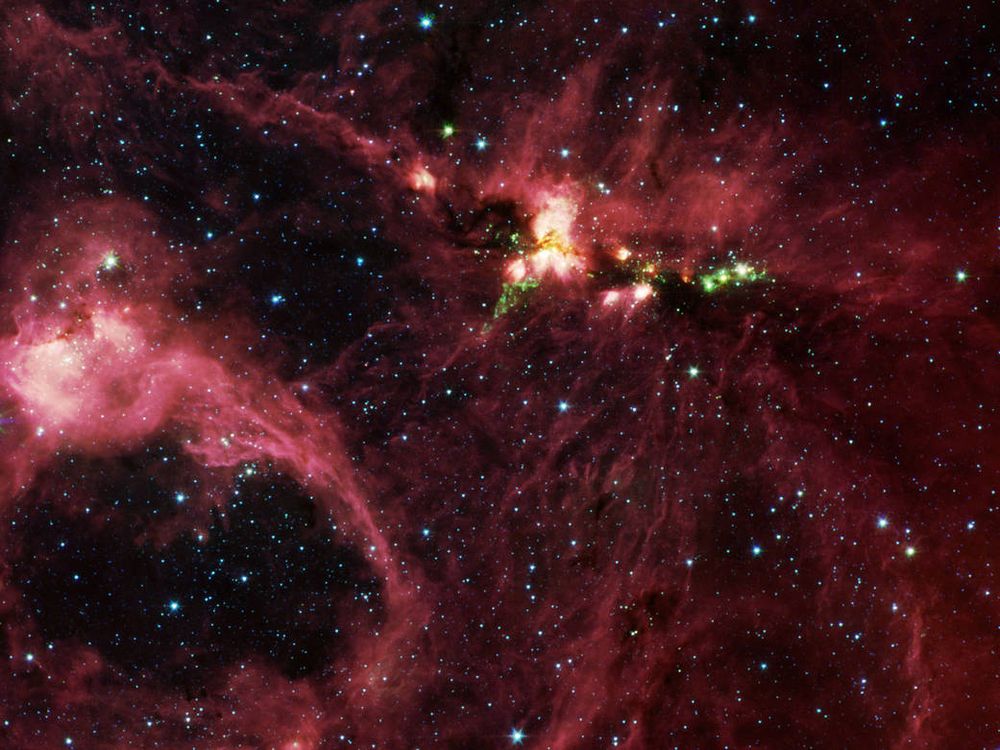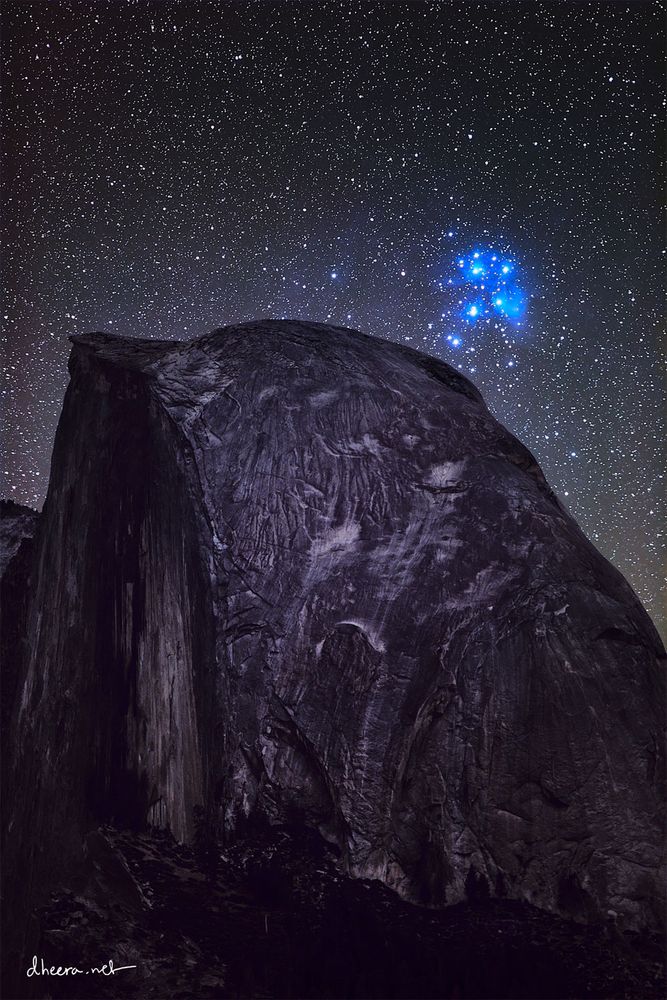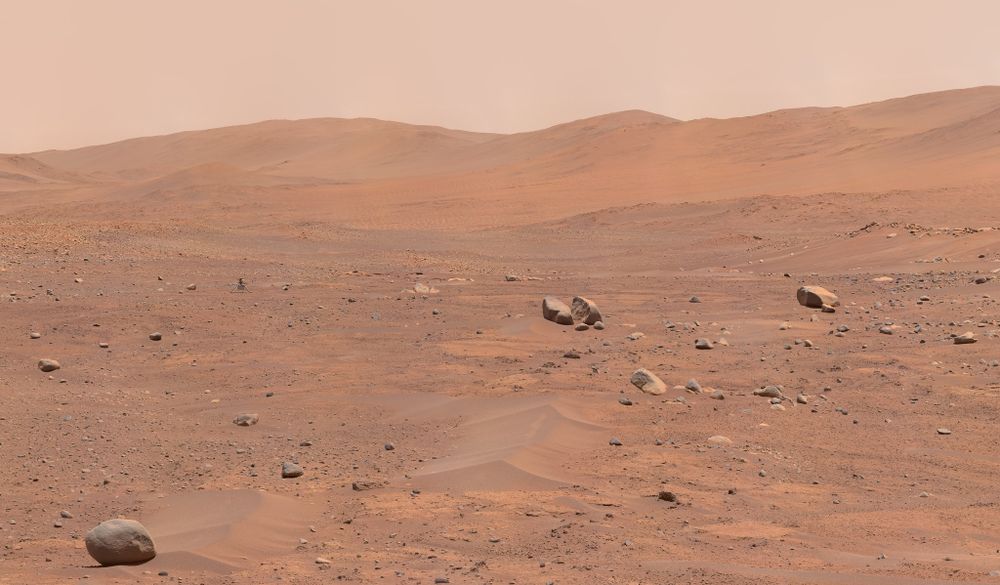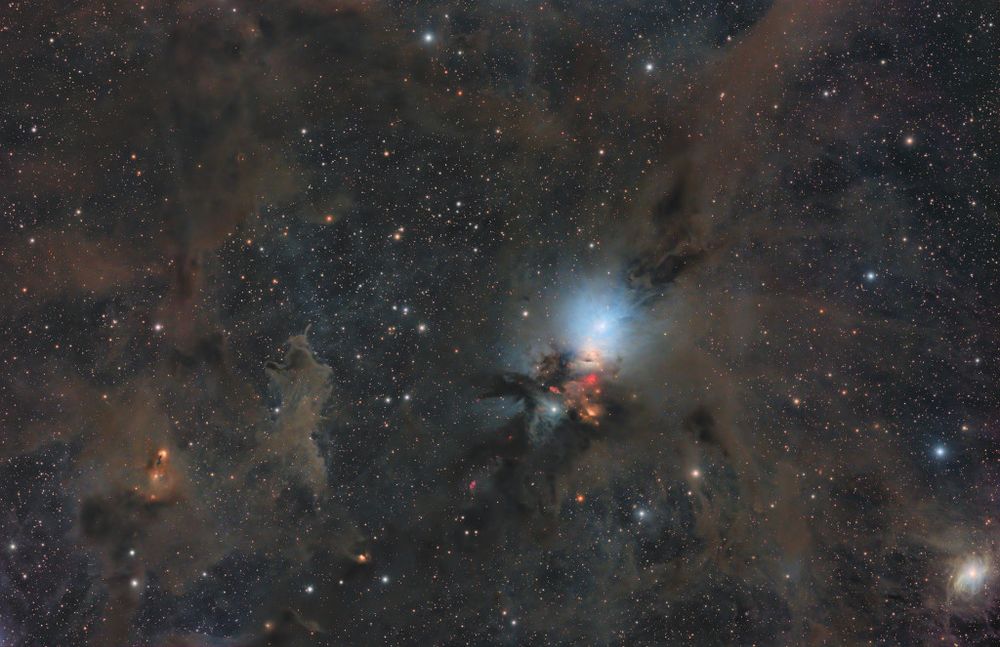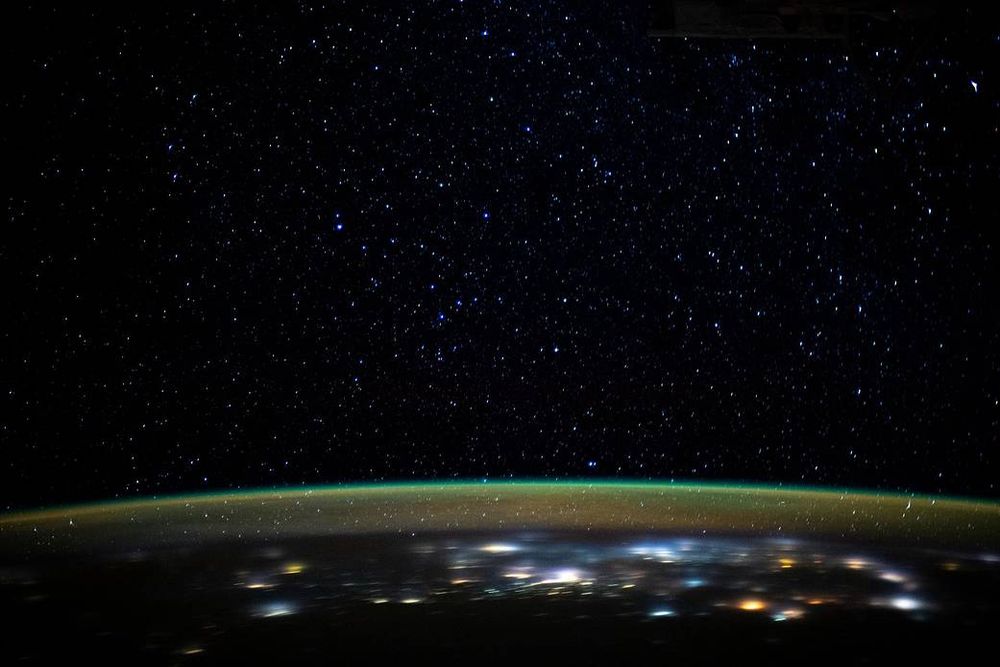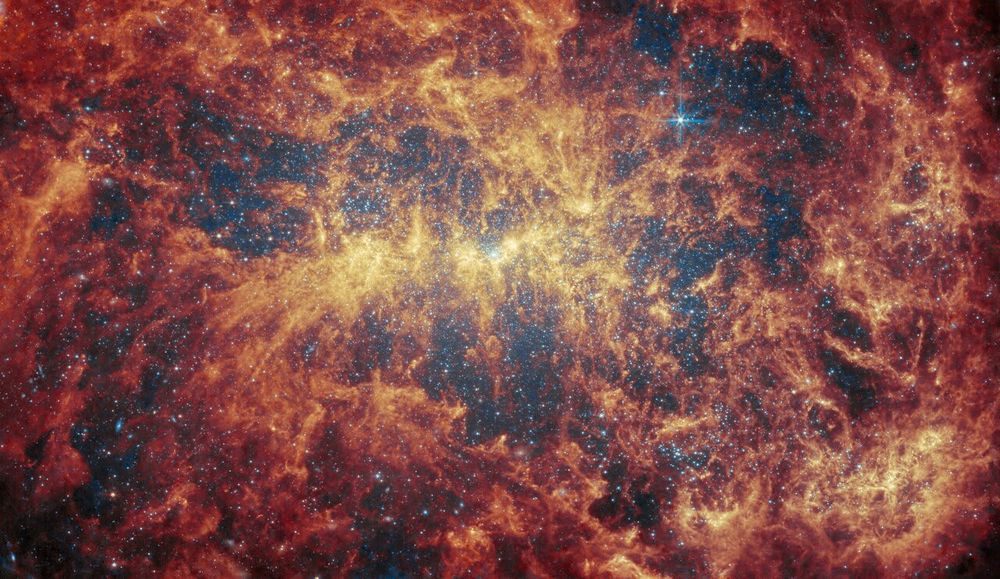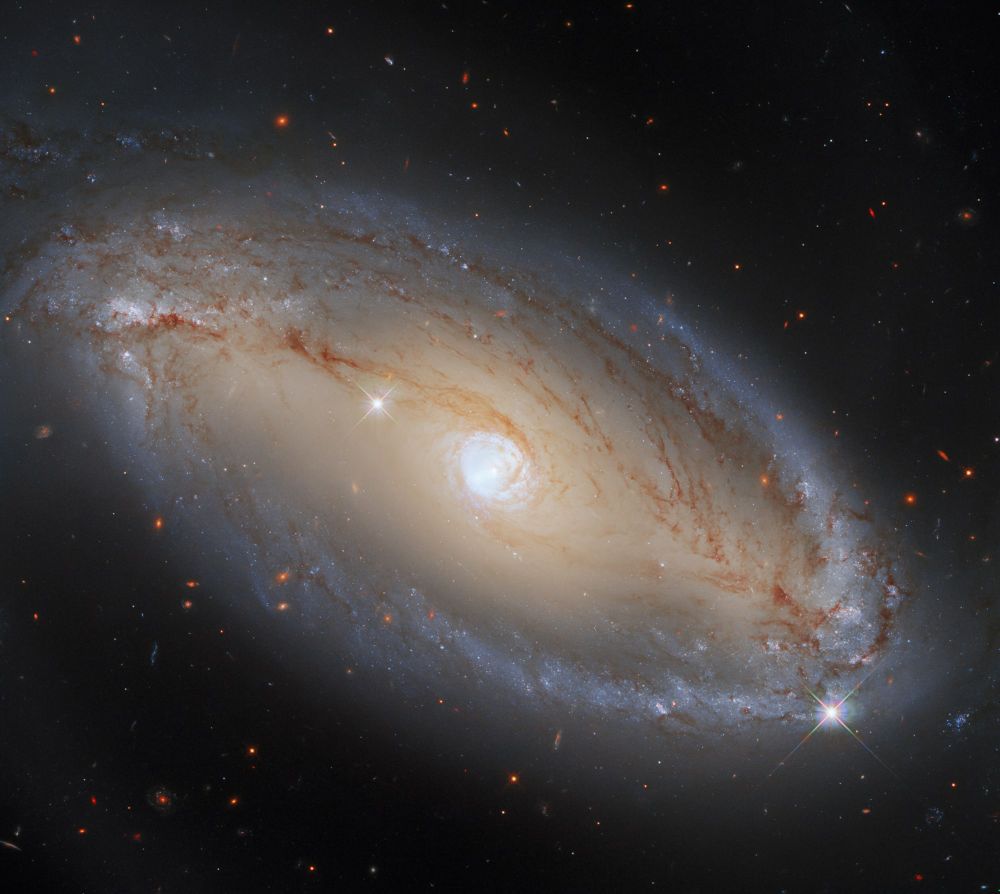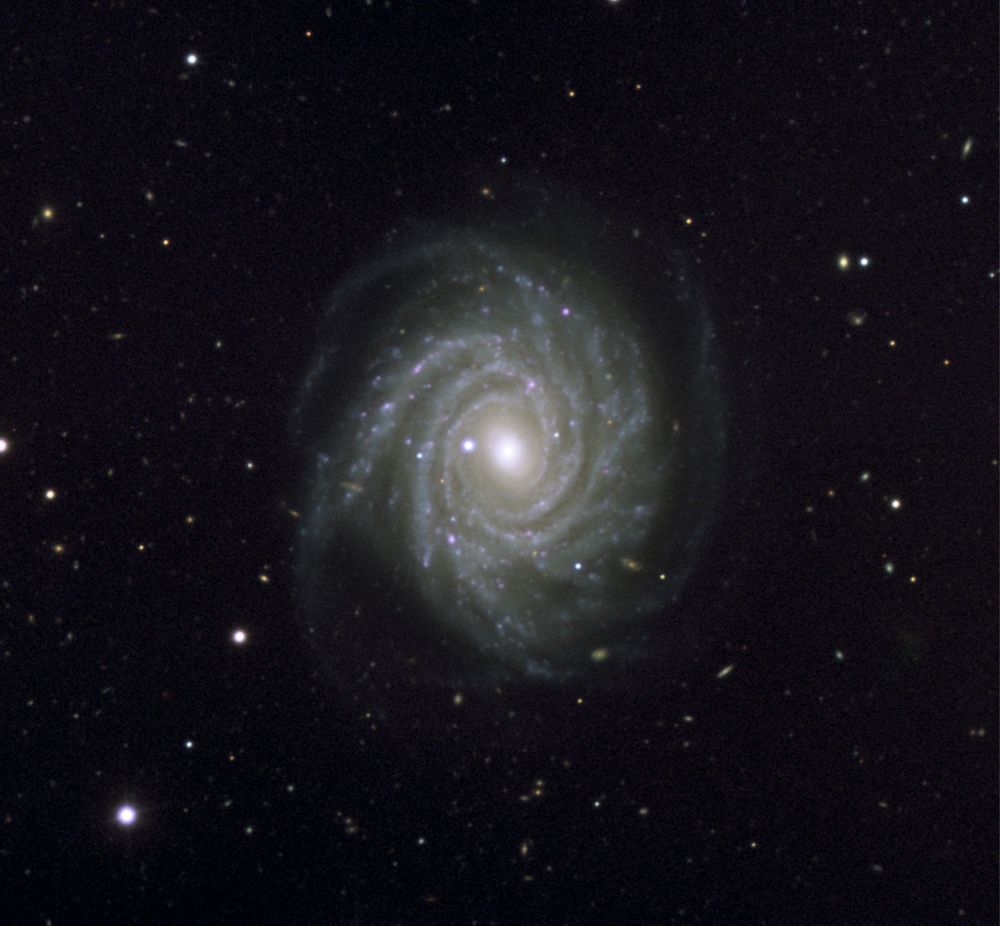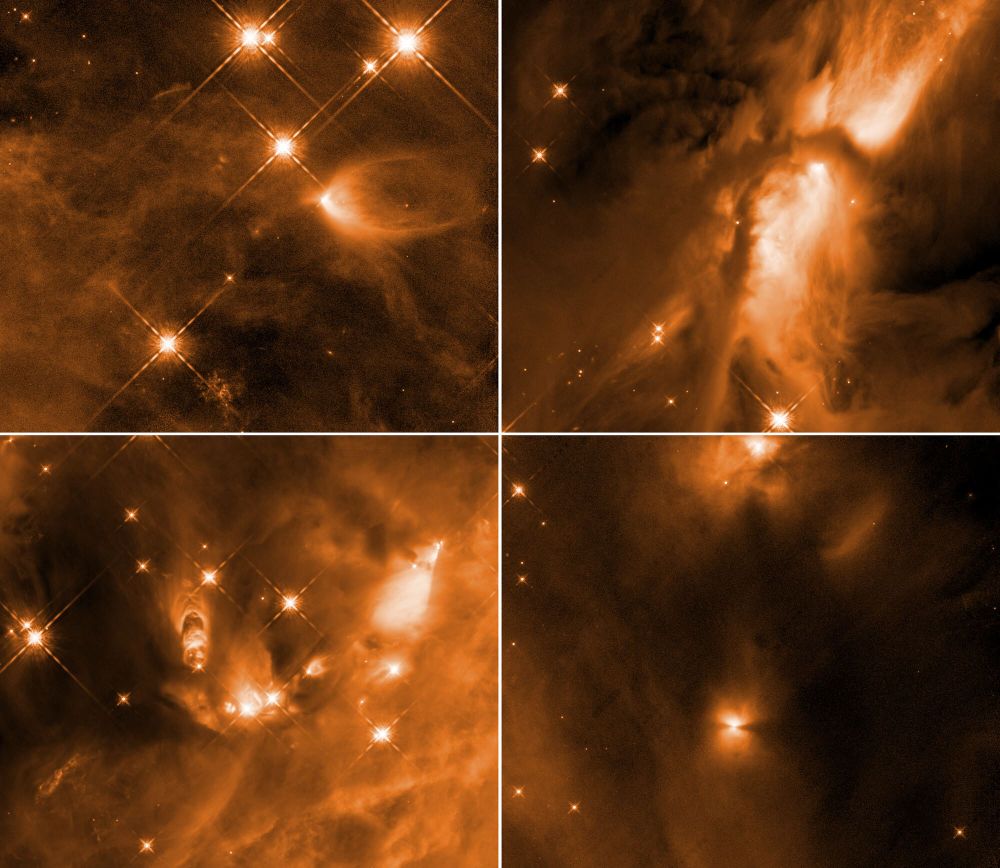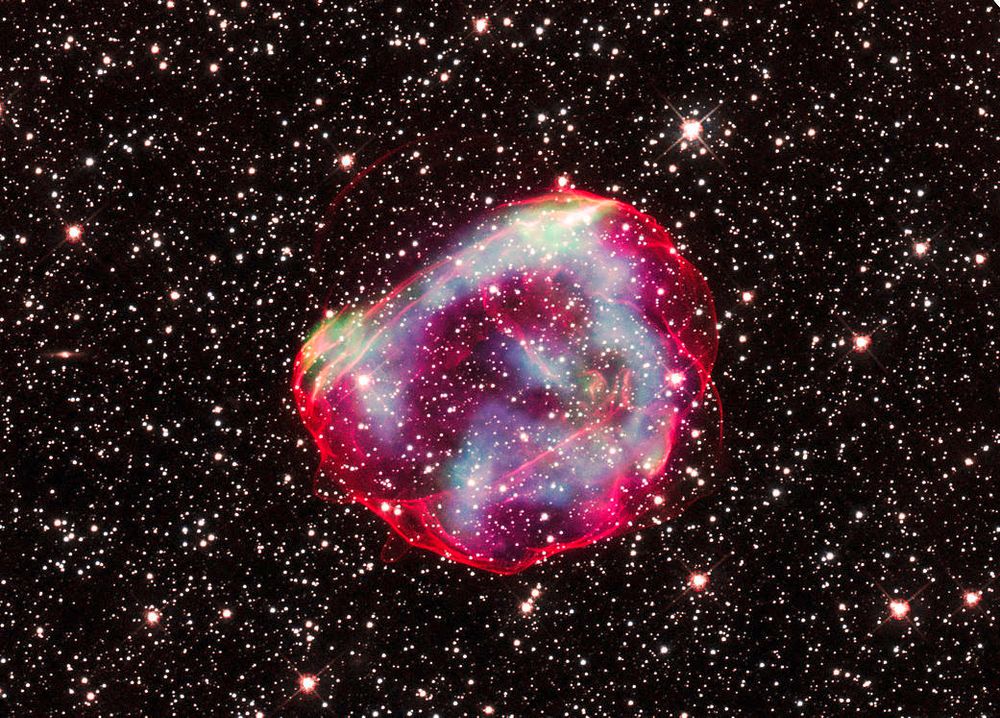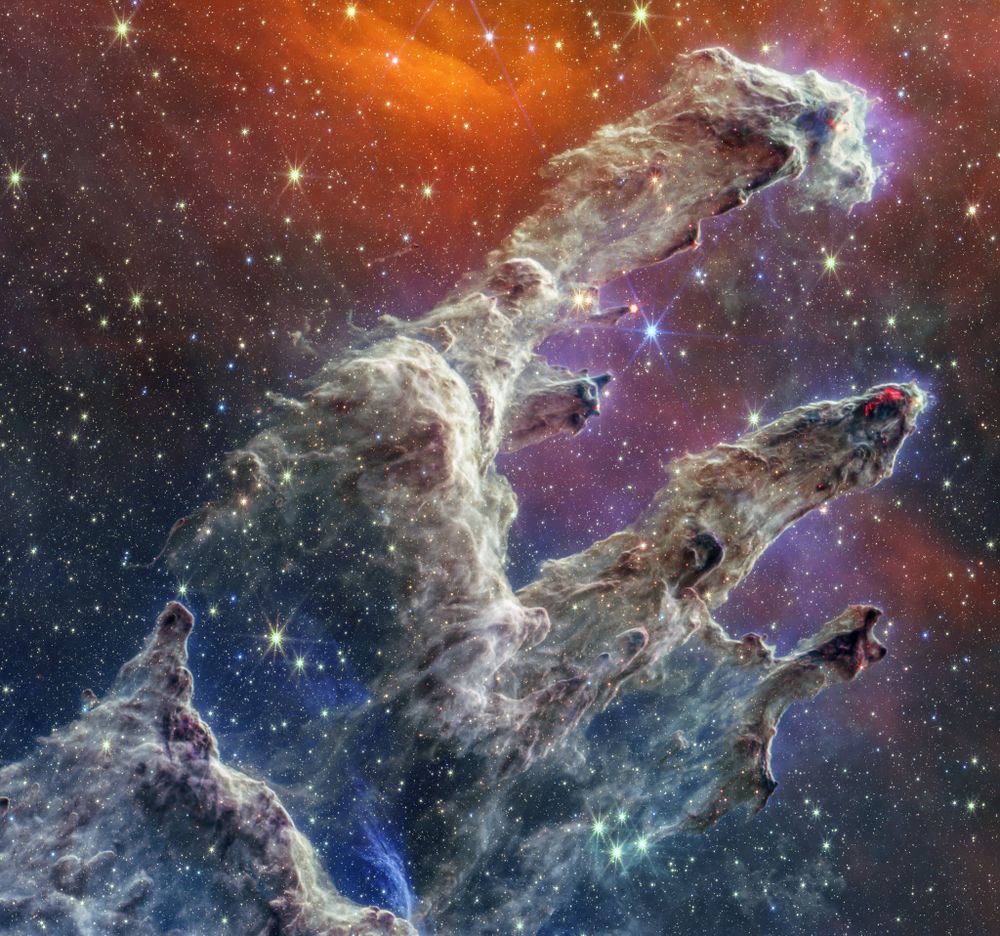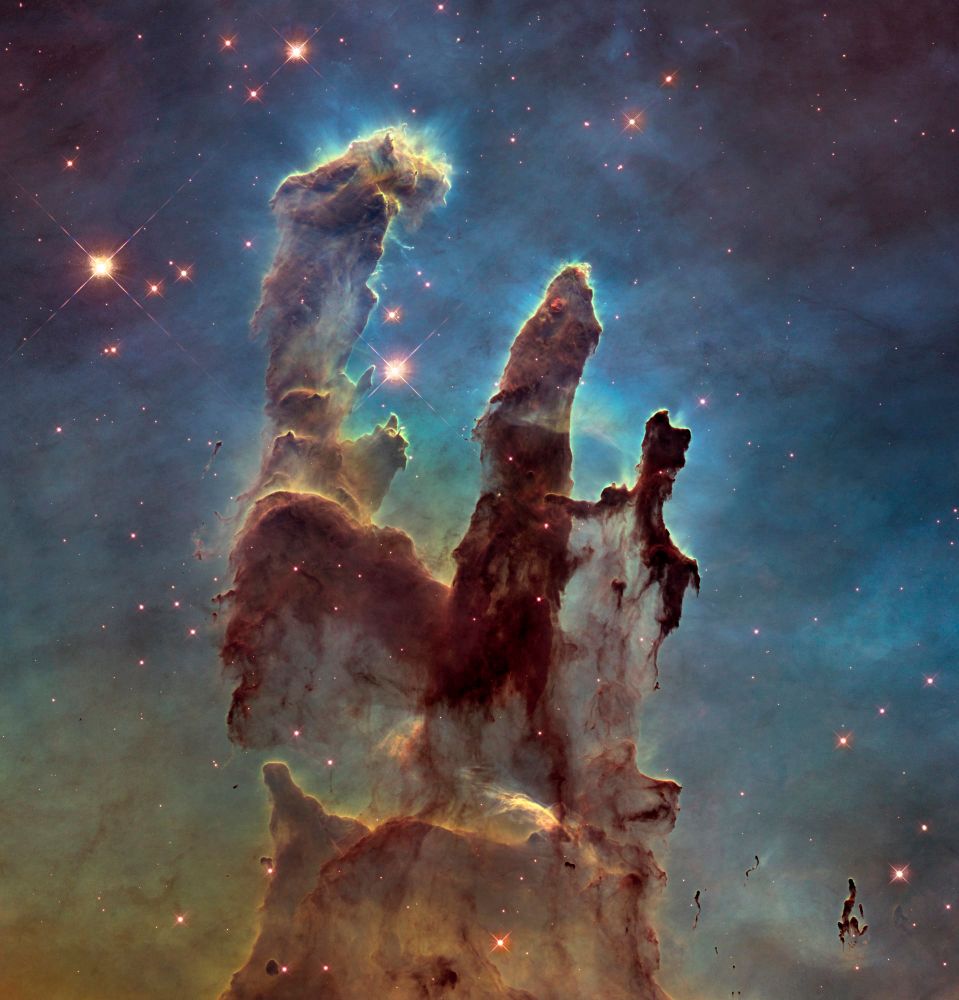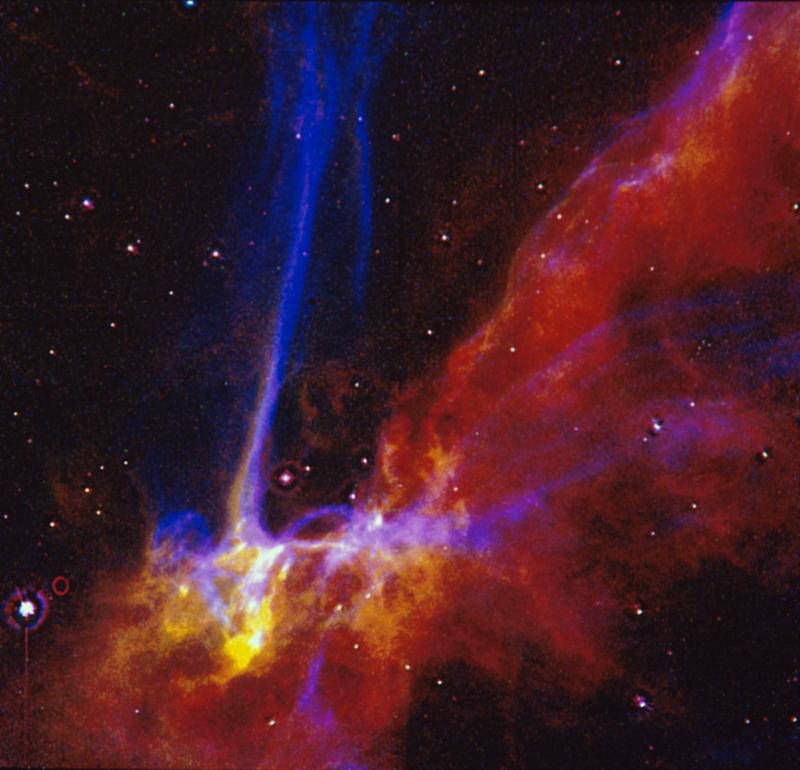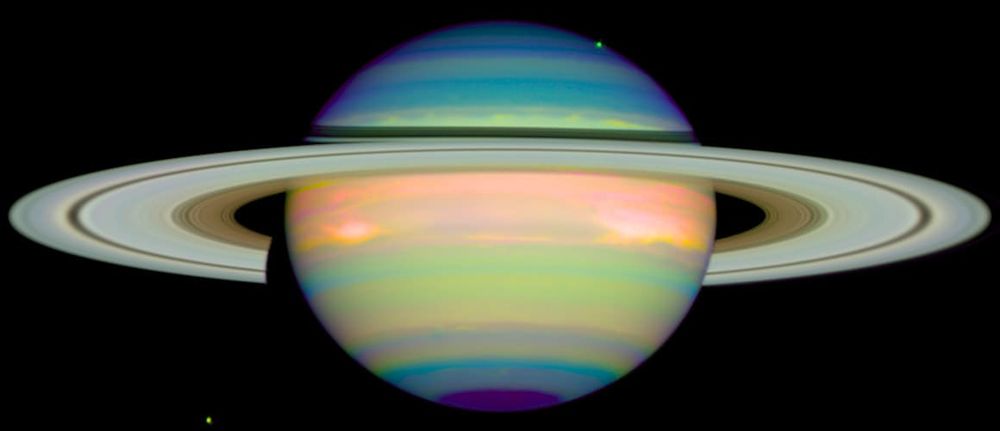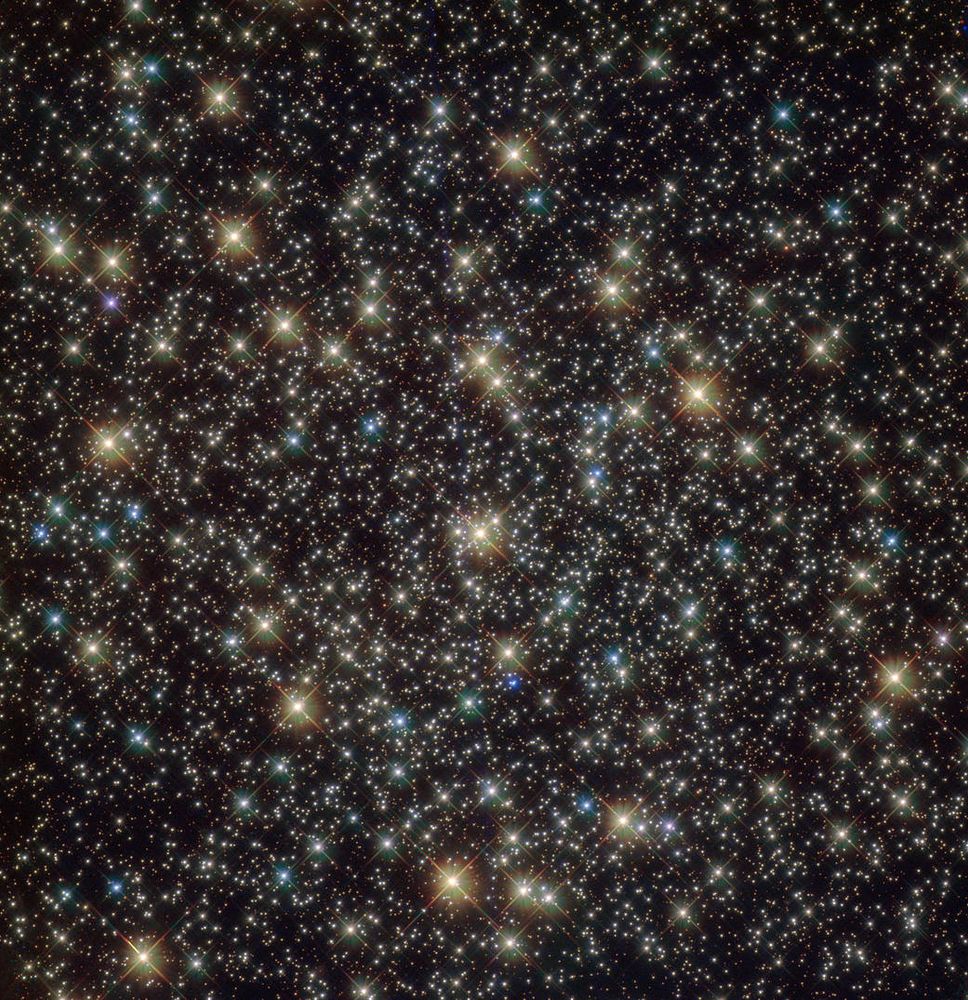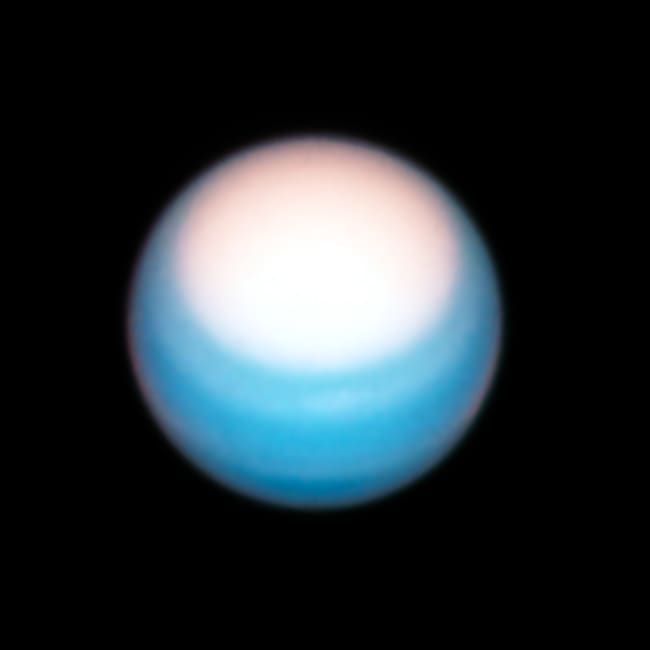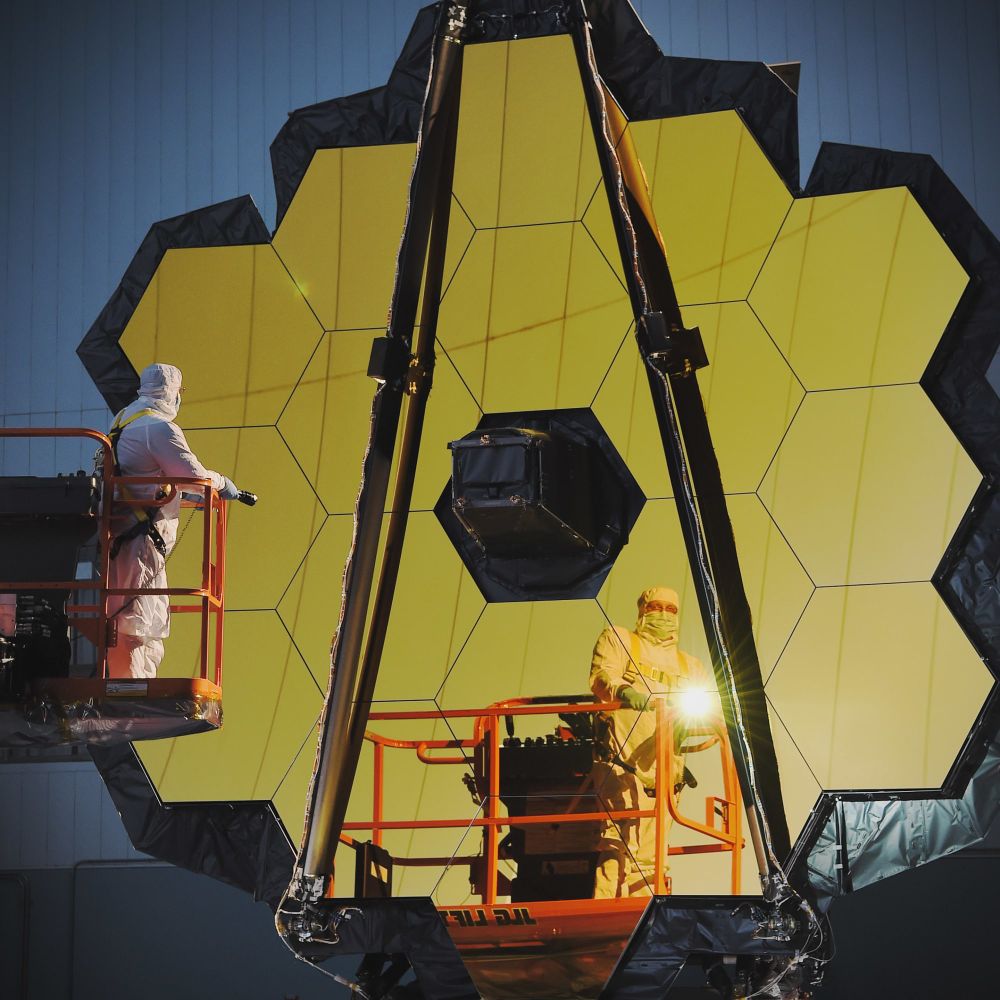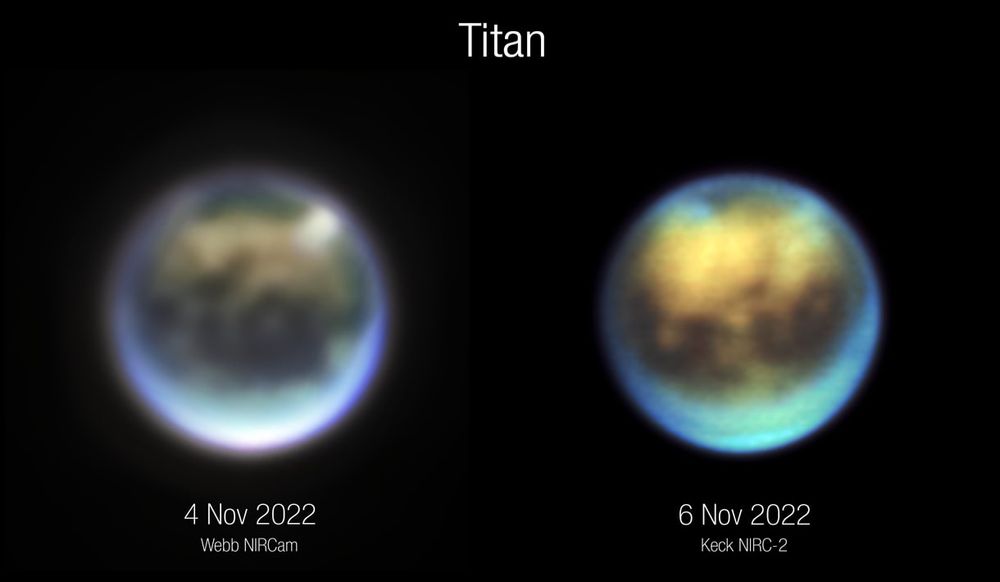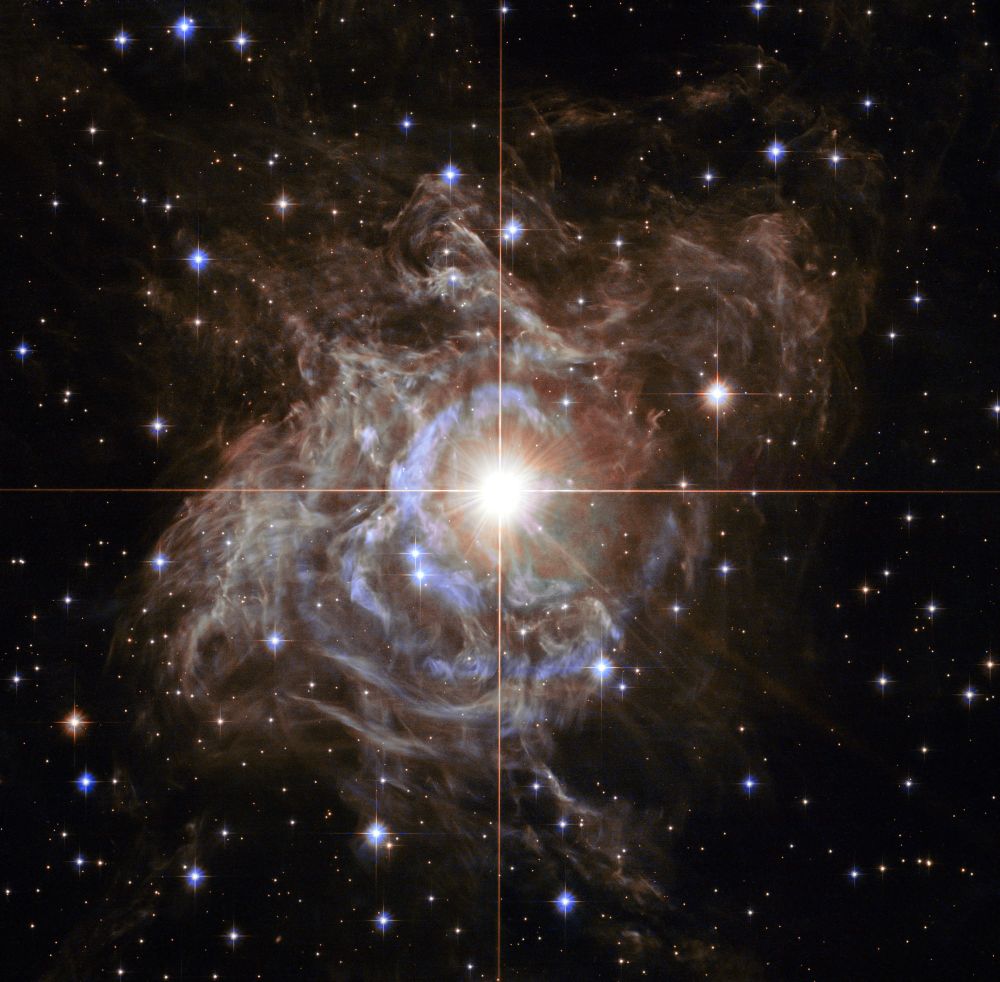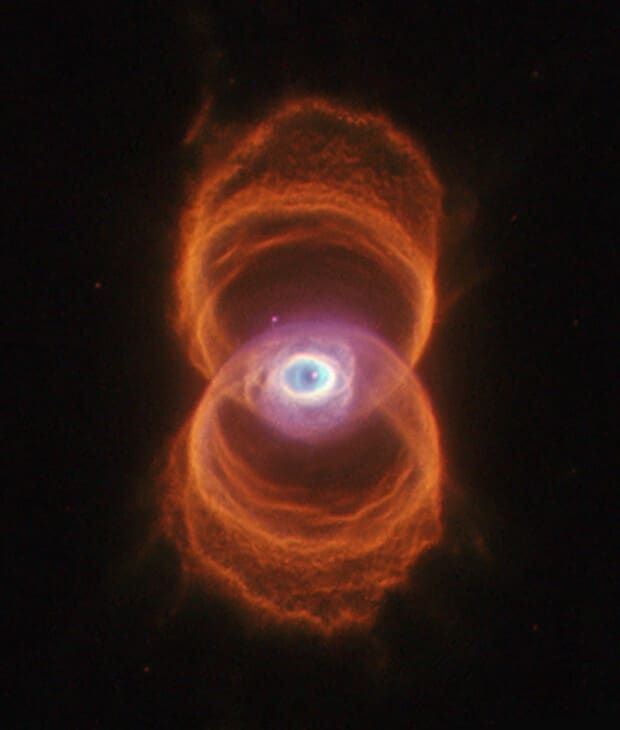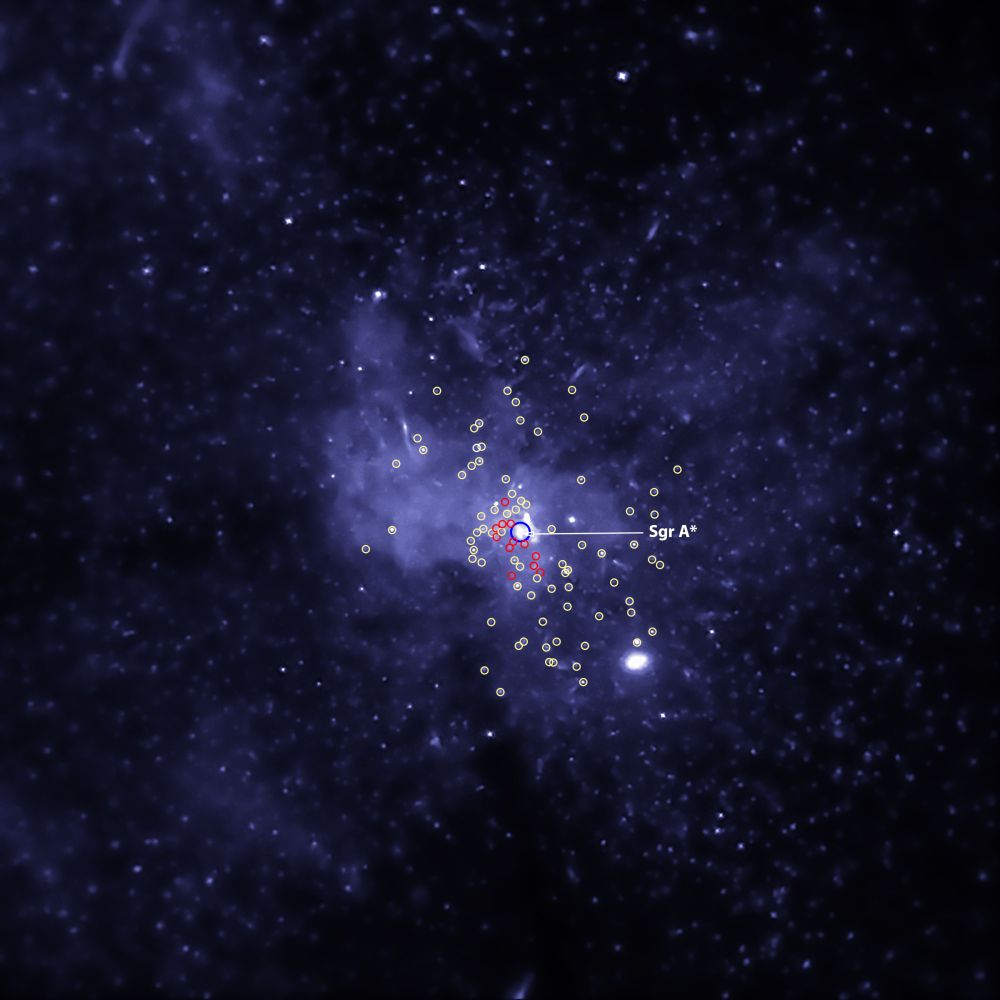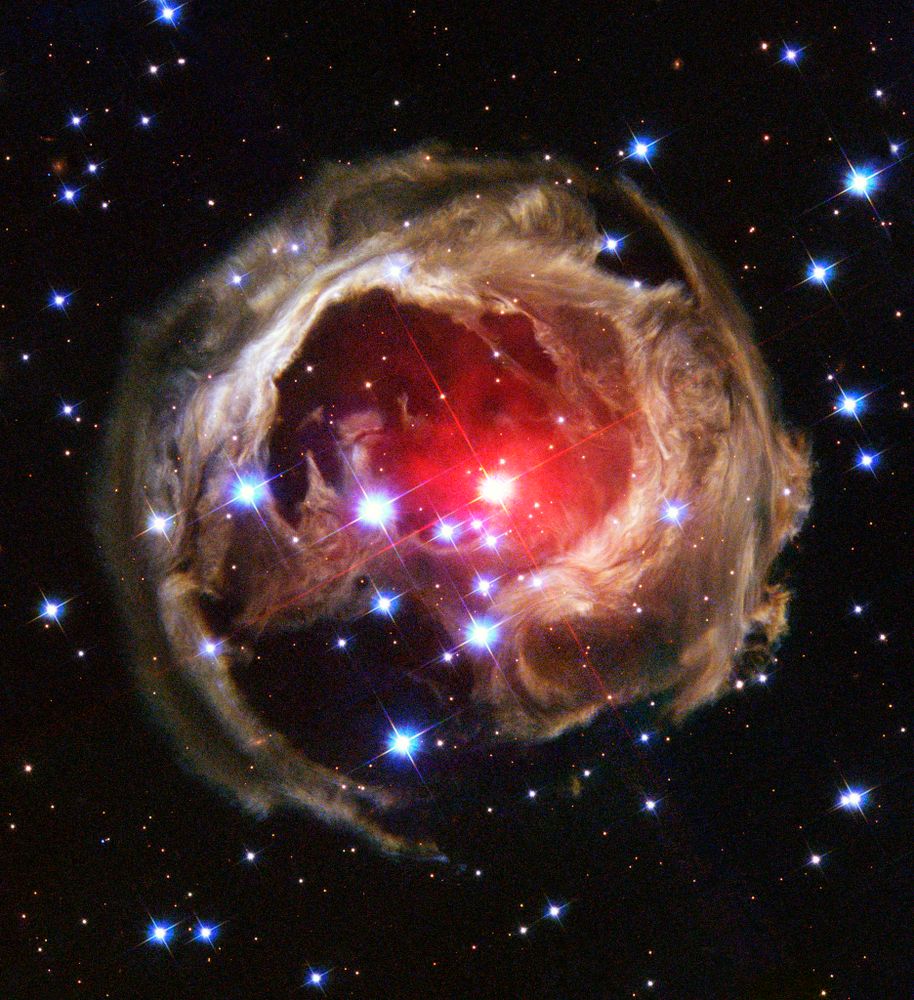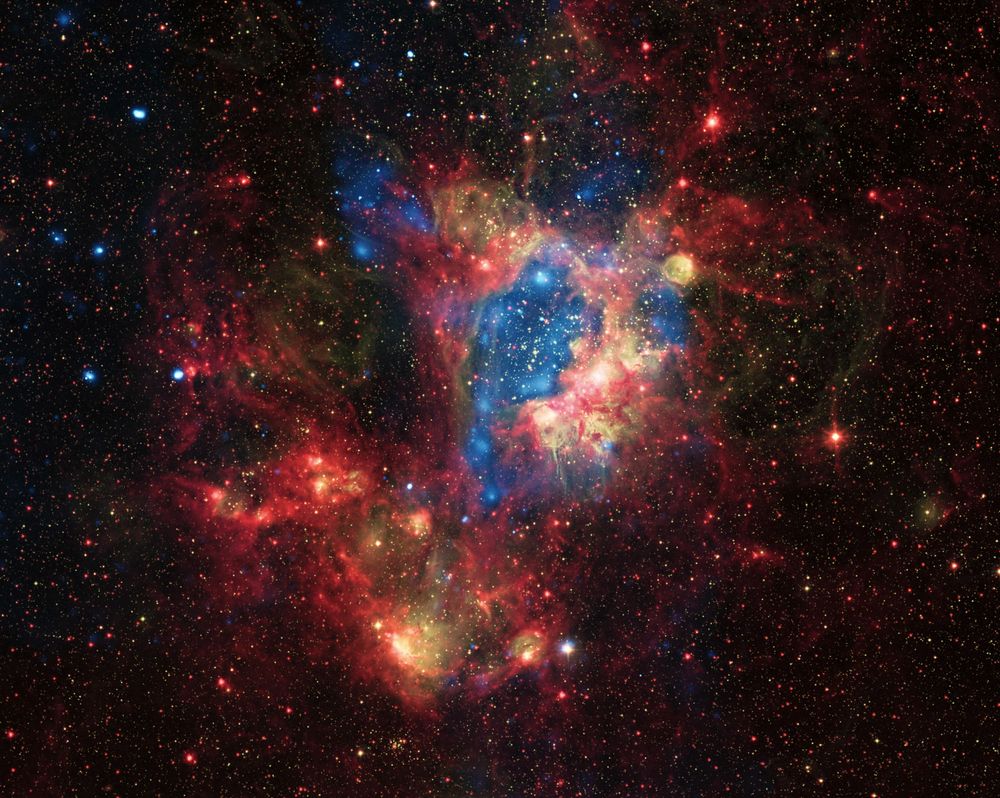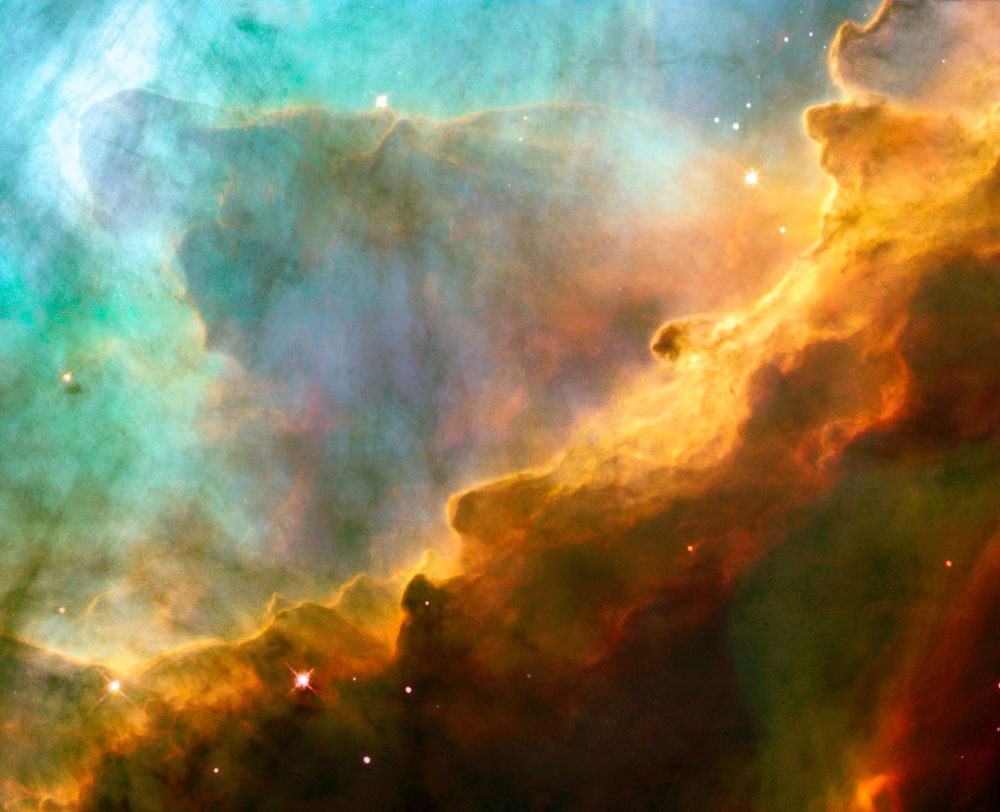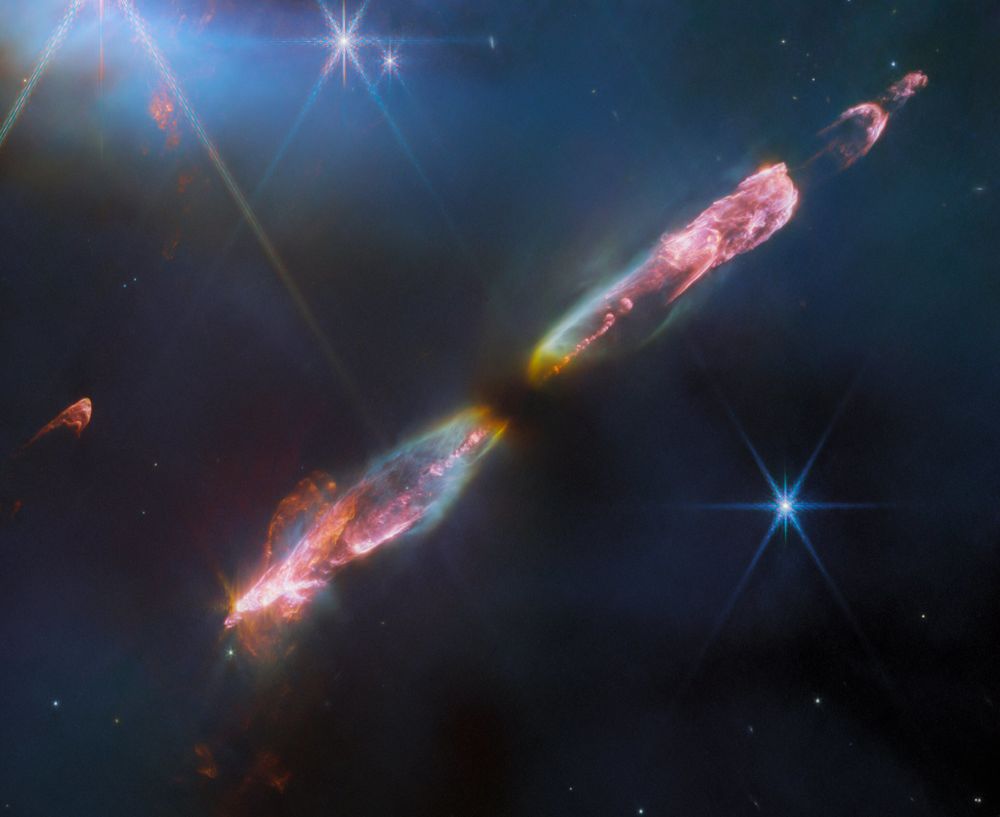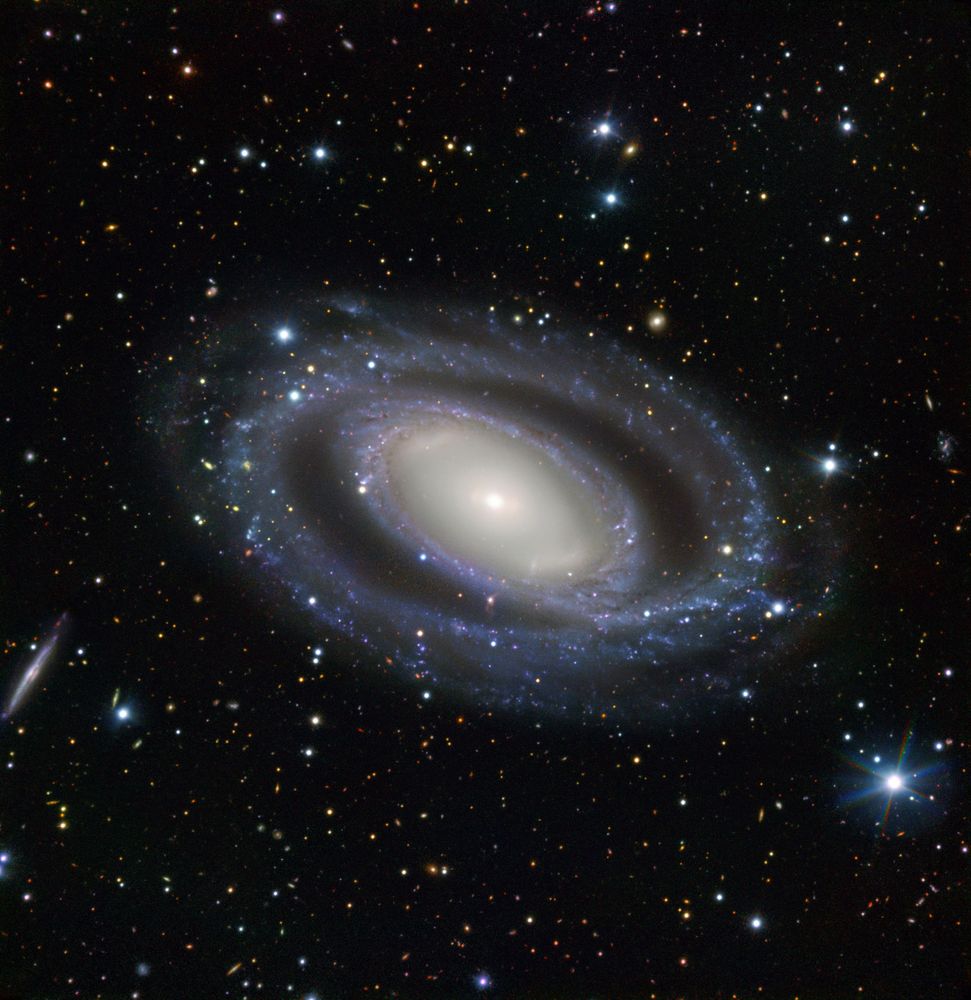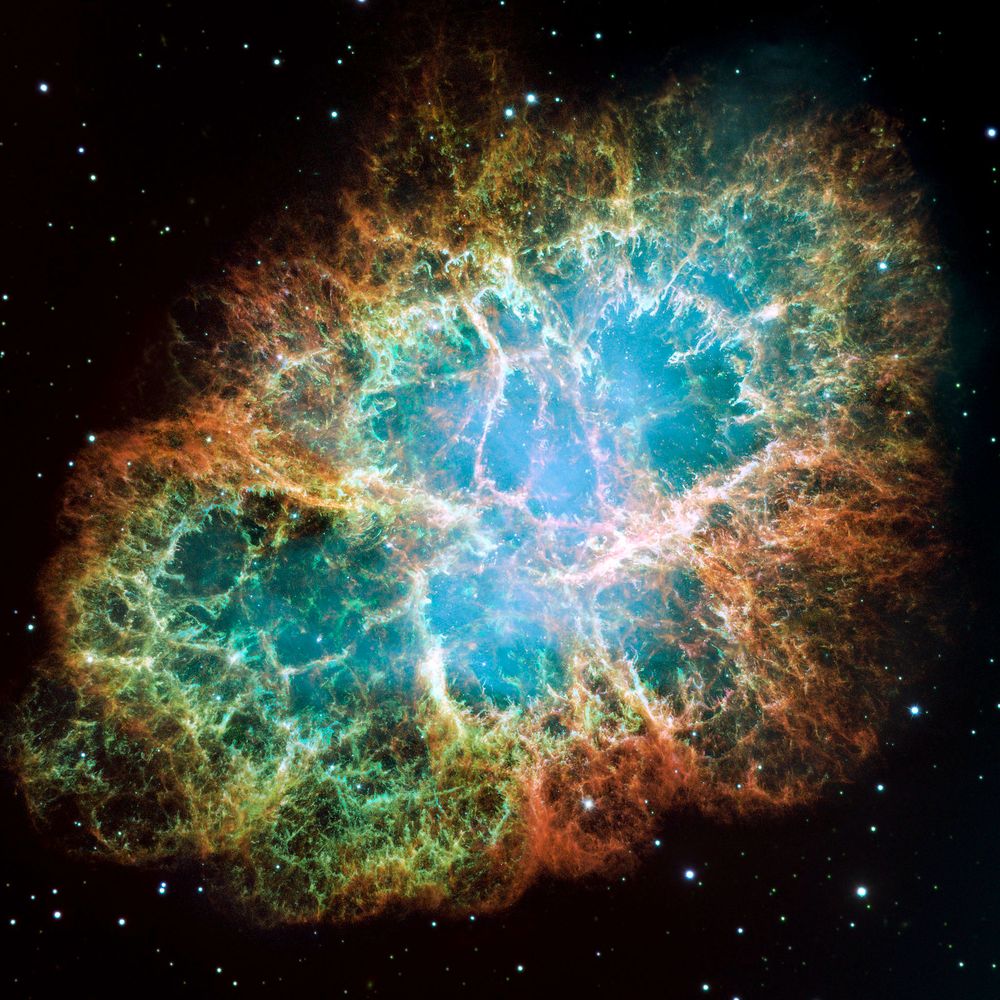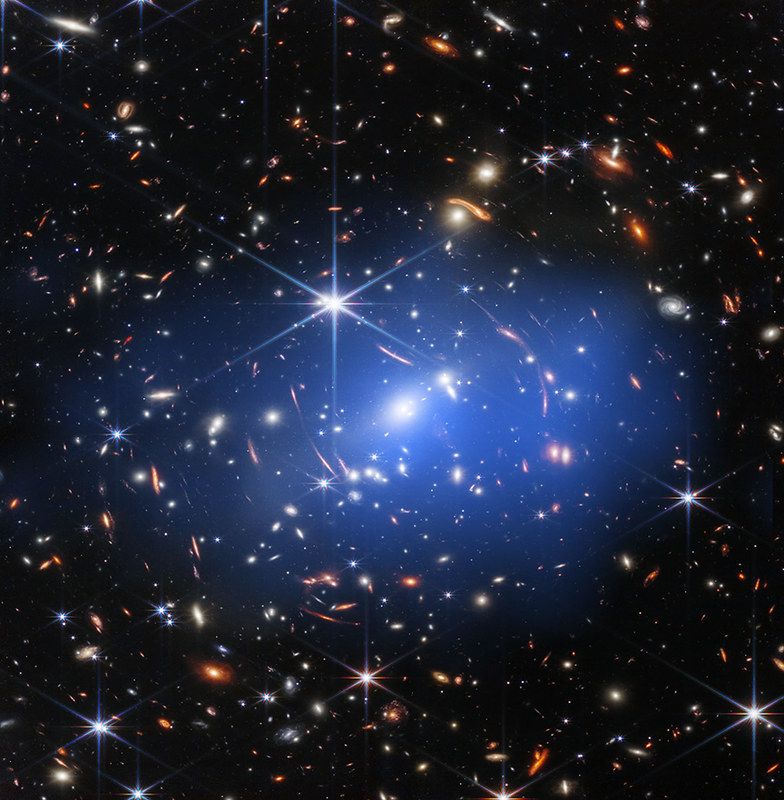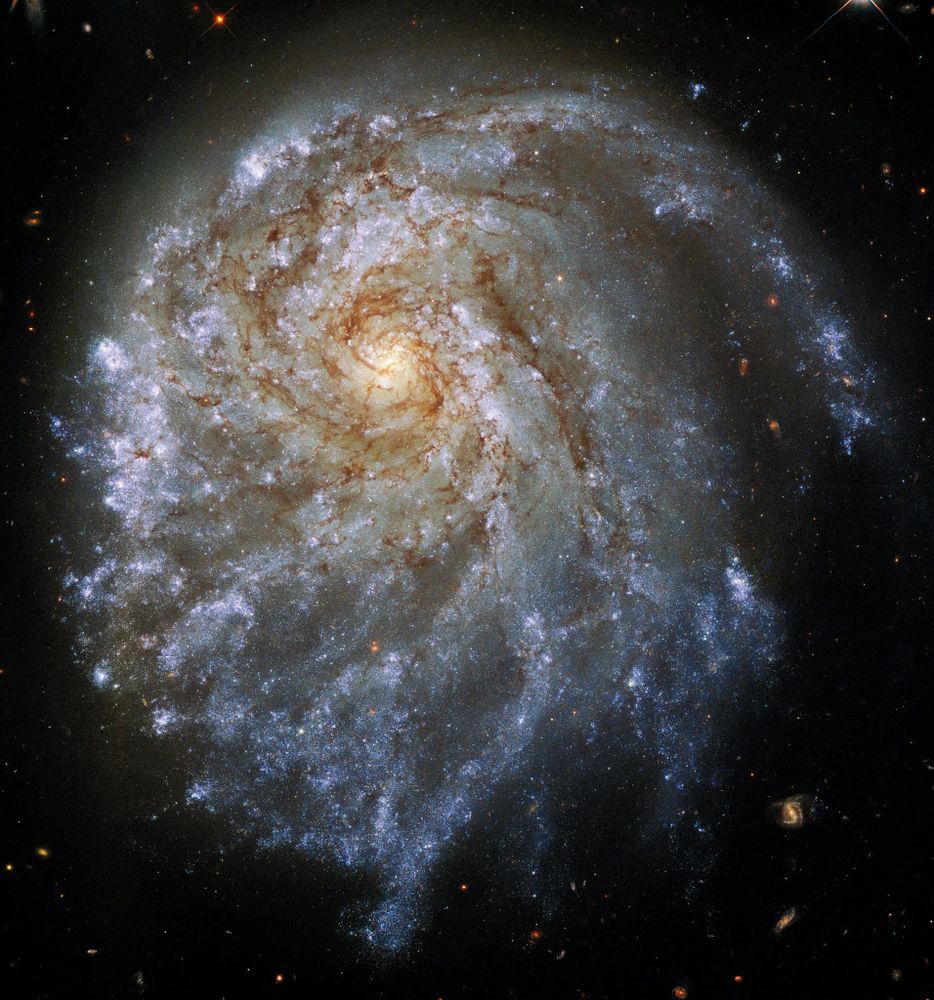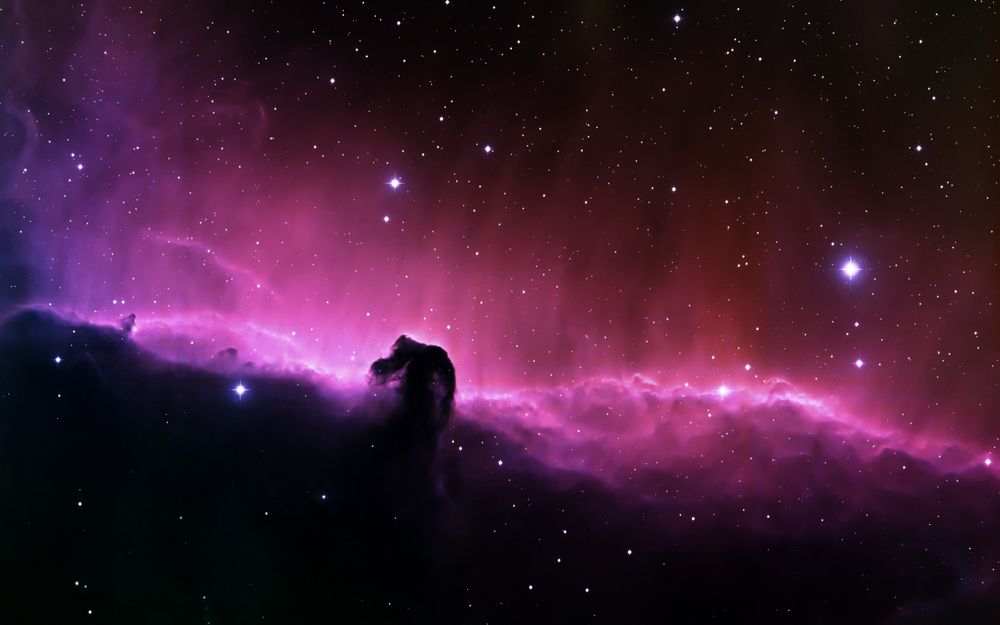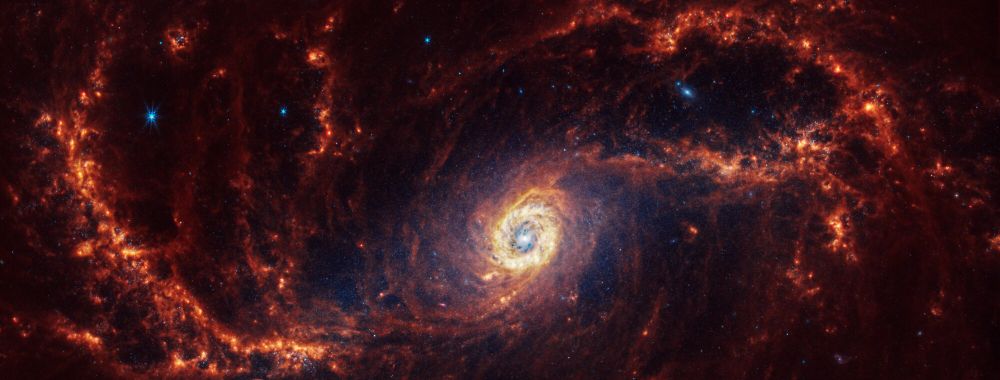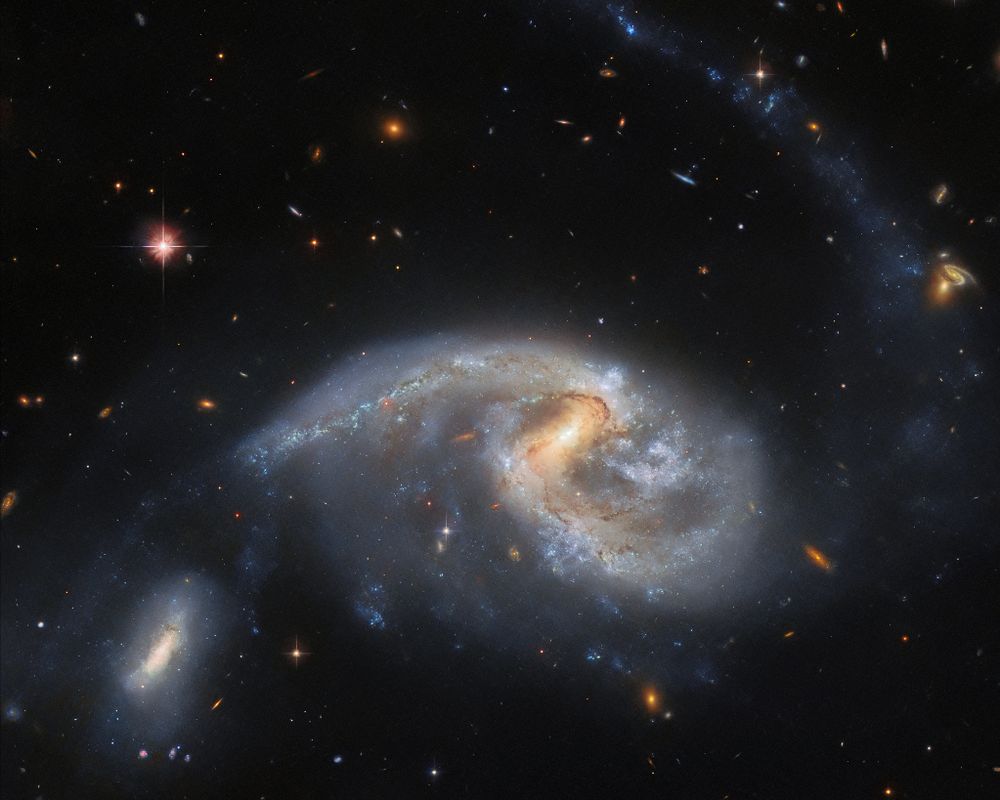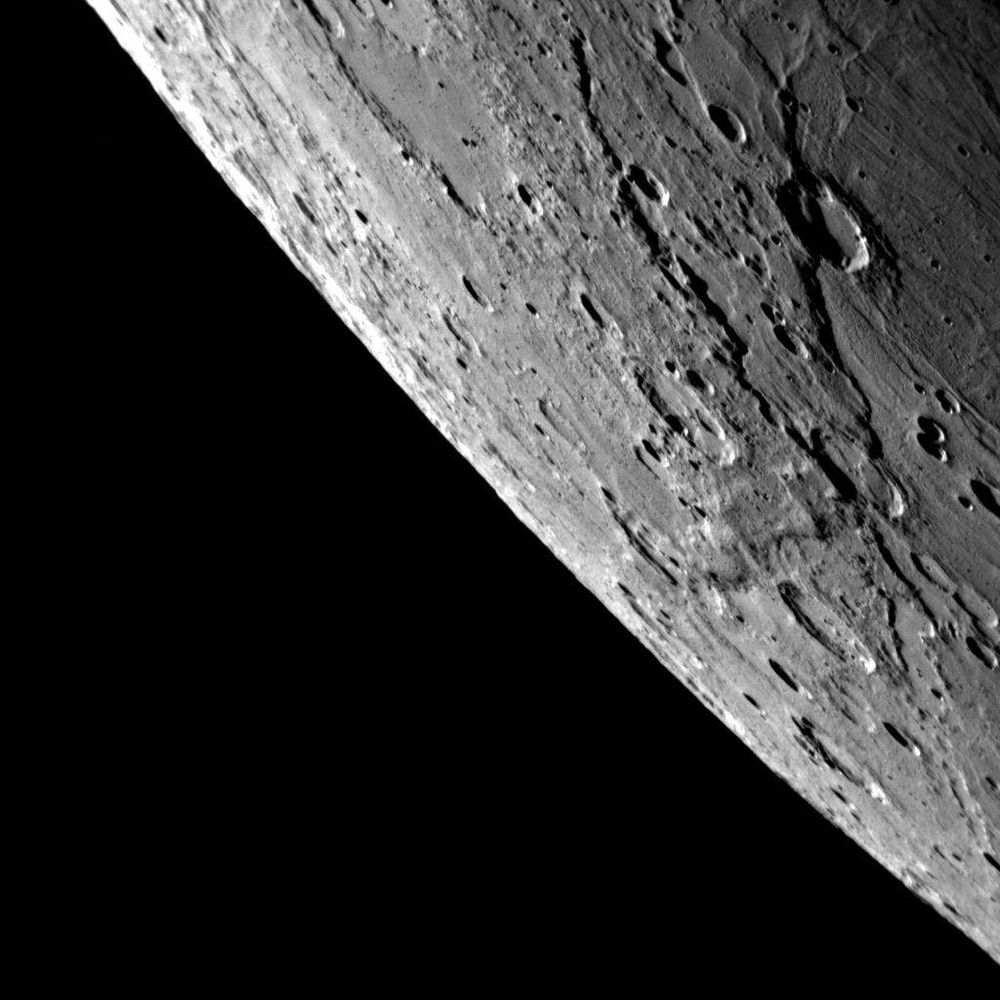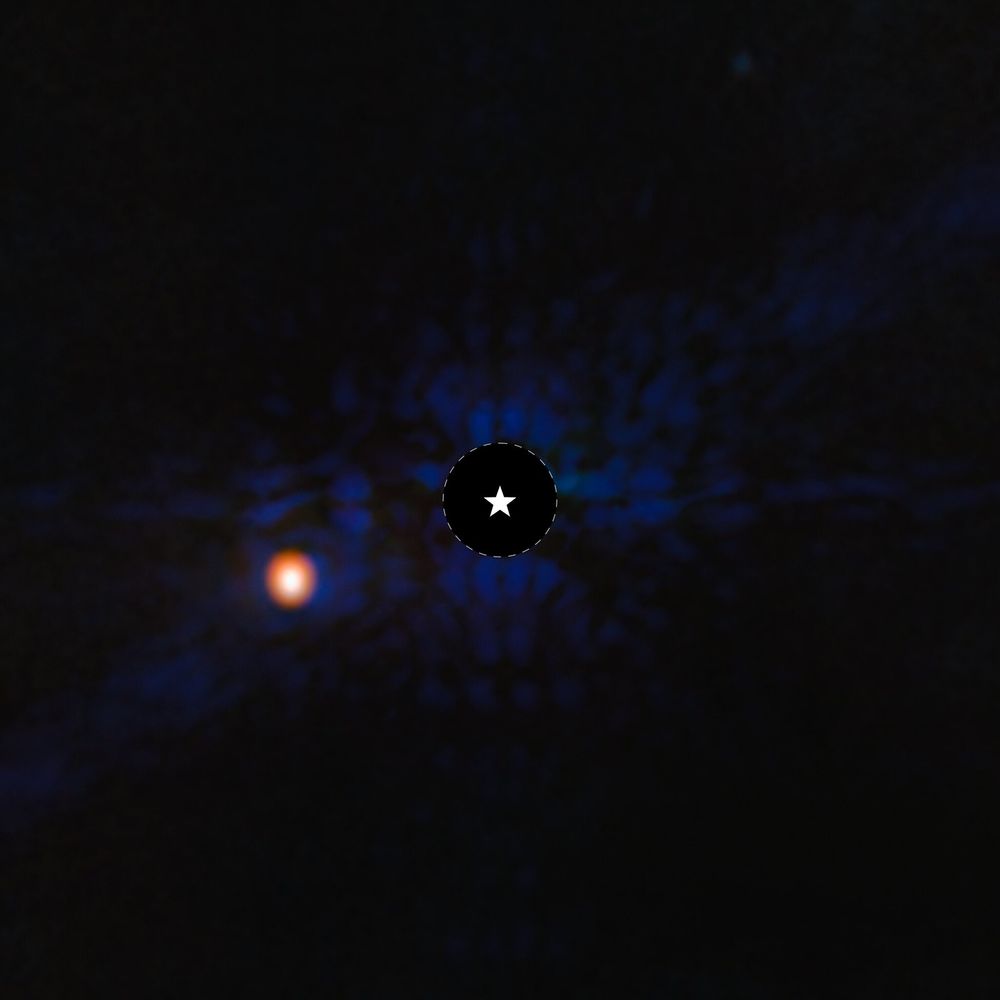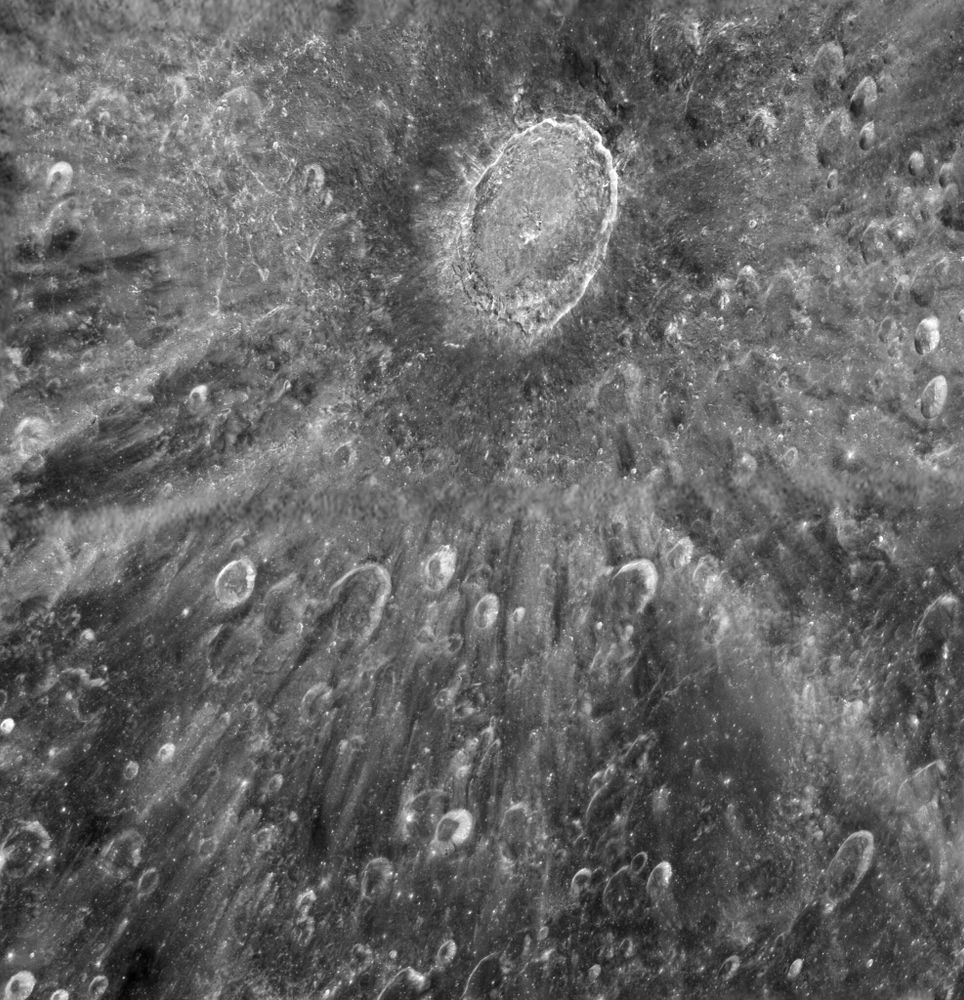redshift🔴pics
Home to accounts sharing amazing space content, promoting the creators behind it.
@astronomy-gallery.bsky.social
@roman-telescope.bsky.social
@webb-telescope.bsky.social
@hubble-telescope.bsky.social
@nasa-daily.bsky.social
@dscovr-epic.bsky.social
- Reposted by redshift🔴picsMay 13, 2025: Discover the tranquil beauty of Yoho National Park, where a calm lake reflects rugged mountains and tall trees. © Feng Wei Photography/Getty Images (Bing Canada)
- Reposted by redshift🔴picsMay 13, 2025: Explore the serene beauty of Torres del Paine National Park, where a wooden boardwalk meets a tranquil lake, surrounded by majestic mountains. © Marco Bottigelli/Getty Images (Bing United States)
- Reposted by redshift🔴picsNASA Hubble Space Telescope on Flickr (Jan 8, 2019) Witness Saturn's rings transition from edge-on to fully open as it journeys through its seasons from 1996 to 2000, captured by Hubble. flic.kr/p/Qkh34X
- Reposted by redshift🔴picsJason Major (@jpmajor.bsky.social) on Flickr (Aug 11, 2011) A color-composite image of Saturn reveals swirling remnants of a planet-wide storm system in the mid-northern latitudes. flic.kr/p/ad79qZ
- Reposted by redshift🔴picsJudy Schmidt (@geckzilla.bsky.social) on Flickr (Sep 3, 2019) SNR J0505.7-6752, a supernova remnant from the Large Magellanic Cloud, reveals its colors through Hubble and Chandra's observations in visible and X-ray light. flic.kr/p/2ha6pjL
- Reposted by redshift🔴picsNASA's James Webb Space Telescope on Flickr (Apr 14, 2025) Webb's mid-infrared view of NGC 1514 showcases the complex structures of this planetary nebula, including a pair of central stars. flic.kr/p/2qXFcTB
- What an absolutely remarkable image!
- NASA Hubble Space Telescope on Flickr (Apr 16, 2025) Hubble reveals new details of the Sombrero Galaxy, showcasing its intricate dust structures and background stars. flic.kr/p/2qYkxdE
- Today's Astronomy Picture of the Day!
- Astronomy Picture of the Day (Apr 18, 2025) Comet C/2025 F2 SWAN displays a greenish coma and faint ion tail, captured against the stars in Andromeda. apod.nasa.gov/apod/ap250418.html
- If you're interested in following details about NASA's upcoming Nancy Grace Roman Space Telescope, follow our new account, @nasa-roman-gallery.bsky.social The Roman Space Telescope is designed to study dark energy, exoplanets, and infrared astrophysics, and is scheduled to launch by May 2027.
- Today's APOD is an amazing view of the Triangulum Galaxy capture by Mauro Pea (www.astrobin.com/users/Pea@Ma....
- Astronomy Picture of the Day (Jan 30, 2025) The Triangulum Galaxy (M33) reveals its stunning hydrogen clouds and HII regions, highlighting the birthplaces of massive stars. apod.nasa.gov/apod/ap250130.html
- Reposted by redshift🔴picsJudy Schmidt (@geckzilla.bsky.social) on Flickr (Feb 20, 2020) Explore NGC 1275, the central galaxy of the Perseus Cluster, captured in X-ray and optical wavelengths by HST and CXO. flic.kr/p/2ivoT24
- Reposted by redshift🔴picsDec 16, 2022: Explore the Small Magellanic Cloud and the open cluster NGC 376 in this captivating Hubble image. flic.kr/p/2o6czaE
- Reposted by redshift🔴picsApr 21, 2014: Jupiter's Great Red Spot, once large enough to fit three Earths, has now diminished to the size of one Earth, indicating atmospheric changes. flic.kr/p/JzSosH
- Reposted by redshift🔴picsApr 13, 2021: In April 2019, the first image of a black hole and its shadow was successfully captured, marking a significant milestone in astronomy. www.nasa.gov/image-article/photographing-black-hole/
- Reposted by redshift🔴picsJun 4, 2021: For the first time, X-rays have been detected from Uranus, captured by NASA’s Chandra X-ray Observatory in March 2021. www.nasa.gov/image-article/detecting-x-rays-from-uranus/
- Reposted by redshift🔴picsMar 23, 2008: New infrared observations of stellar nursery DR21 by NASA’s Spitzer Space Telescope unveil massive stars obscured by dense space dust. www.nasa.gov/image-article/dusty-stellar-nursery-revealed/
- Today's Astronomy Picture of the Day is a stunner 🙂
- Astronomy Picture of the Day (Jan 27, 2025) The Pleiades star cluster illuminates the night sky above Half Dome in Yosemite National Park, captured during a unique blackout in October 2019. apod.nasa.gov/apod/ap250127.html
- Reposted by redshift🔴picsNov 12, 2019: Explore Caldwell 38, the Needle galaxy, where its core is hidden by dust, captured in detail by Hubble's Wide Field and Planetary Camera 2. flic.kr/p/2hXDAhC
- Reposted by redshift🔴picsSimeon Schmauß (@stim3on.bsky.social) on Flickr (Aug 11, 2023) This panorama from Mastcam-Z on Sol 880 features the crater rim and the Ingenuity helicopter, all in natural color. flic.kr/p/2oW13rS
- Reposted by redshift🔴picsAstronomy Picture of the Day (Jan 25, 2025) Explore the Perseus molecular cloud, 850 light-years away, featuring the reflection nebula NGC 1333 and glowing jets from young stars. apod.nasa.gov/apod/ap250125.html
- Reposted by redshift🔴picsJan 2, 2020: The International Space Station orbits 260 miles above Earth, showcasing stars glittering in the night sky alongside the Earth's atmospheric glow, just before crossing over the Caspian Sea. www.nasa.gov/image-article/glittering-lights-of-earth-as-seen-from-space-station/
- Reposted by redshift🔴picsMay 29, 2024: This image of NGC 4449 reveals its widespread star formation, with bright spots indicating new stars and active nurseries. flic.kr/p/2pUac7Y
- Reposted by redshift🔴picsOct 1, 2021: NGC 5728 is a barred spiral galaxy approximately 130 million light-years away. It is classified as a Seyfert galaxy, known for its active galactic nucleus. #Hubble #NASA flic.kr/p/2mwnVCv
- Reposted by redshift🔴picsApr 21, 2010: As the shuttle undocks from the ISS, this image shows the shuttle's underside over Isla de Providencia, following a 10-day mission with three spacewalks and significant cargo delivery. www.nasa.gov/image-article/separation-over-isla-de-providencia/
- Reposted by redshift🔴picsEuropean Southern Observatory (@eso.org) images (Sep 3, 2007) A colour-composite image of Type Ia supernova SN 2006dr in the spiral galaxy NGC 1288, captured by ESO's Very Large Telescope. www.eso.org/public/images/eso0739a/
- Reposted by redshift🔴picsAug 19, 2024: NASA's Webb reveals detailed structures of interstellar dust and gas, illuminated by a historic supernova explosion in the vicinity of Cassiopeia A. flic.kr/p/2qFmvda
- Reposted by redshift🔴picsMar 18, 2021: Hubble's latest findings indicate that the outflows from developing stars do not appear to restrict their growth as much as traditional theories suggested. This new understanding could reshape concepts of star formation. flic.kr/p/2kM3yf7
- Reposted by redshift🔴picsSep 12, 2022: This composite image of supernova remnant SNR 0519-69.0 combines X-ray data from Chandra and optical data from Hubble, revealing the aftermath of a stellar explosion. www.nasa.gov/image-article/setting-clock-stellar-explosion/
- Reposted by redshift🔴picsIf you're interested in genuine space related content, please follow the wonderful people and orgs in these starter packs - now there are four! 🙂 go.bsky.app/Kb9NzHc go.bsky.app/8TkSmB6 go.bsky.app/J2eaKXy go.bsky.app/QwKoVg4 And subscribe to this block list to block content scraper accounts:
- James Webb tells Hubble to “hold my beer” with this stunning infrared (MIRI camera) and near-infrared (NIRCam) capture of the Pillars of Creation 🙂…
- Nov 30, 2022: The Pillars of Creation, captured in a composite image by #NASAWebb's NIRCam and MIRI, showcases the intricate details of this star-forming region, revealing myriad stars and layers of dust. flic.kr/p/2o3hyLq
- The famous Hubble capture of the Pillars of Creation (captured in the visible spectrum, though the color mapping means this is not a true color image)…
- Jul 2, 2016: NASA's Hubble Space Telescope captured this 2014 image of the Pillars of Creation, part of the Eagle Nebula, highlighting their structure and the ongoing star formation within. flic.kr/p/JzSkaR
- Reposted by redshift🔴picsMar 23, 2008: This 1991 image from NASA’s Hubble Space Telescope captures a small section of the Cygnus Loop supernova remnant, revealing the shock wave structure and its interaction with surrounding interstellar gas. www.nasa.gov/image-article/cygnus-loop-supernova-remnant/
- Reposted by redshift🔴picsCredit: NASA; ESA; the Hubble Heritage Team (STScI/AURA); A. Nota (ESA/STScI); the Westerlund 2 Science Team
- Reposted by redshift🔴picsJan 8, 2019: An infrared image of Saturn from the Hubble Space Telescope illustrates the planet's atmospheric features, including clouds and hazes. Dione and Tethys, two of Saturn's moons, are also visible in the image. flic.kr/p/2e6EEiR
- Reposted by redshift🔴picsJan 22, 2018: This image from the NASA/ESA Hubble Space Telescope reveals NGC 3201, an ancient globular cluster with hundreds of thousands of stars, unique orbital behavior, and a black hole at its center. flic.kr/p/23XGwF1
- Reposted by redshift🔴picsOct 25, 2021: Hubble’s October 25th view of Uranus showcases the bright northern polar hood, which is brightening due to springtime conditions and changes in atmospheric methane and haze particles. flic.kr/p/2mKzYye
- Reposted by redshift🔴picsDec 11, 2023: This image shows a side-by-side comparison of the supernova remnant Cassiopeia A, captured by NIRCam and MIRI on JWST. flic.kr/p/2pkZeyM
- Reposted by redshift🔴picsOct 14, 2016: NASA has successfully completed the Center of Curvature test for the James Webb Space Telescope's primary mirror, an important step before rigorous mechanical testing. flic.kr/p/NNcUe9
- Reposted by redshift🔴picsNov 4, 2022: Webb's first observations of Titan showcase its clouds and surface features, captured in infrared. This data aids in understanding Titan's unique hydrocarbon rivers and seasonal weather patterns. flic.kr/p/2o3qmDX
- Reposted by redshift🔴picsNASA Hubble Space Telescope on Flickr (Dec 17, 2013) This image from the Hubble Space Telescope presents the variable star RS Puppis, surrounded by a cocoon of reflective dust. The star is notable for its light echo, allowing astronomers to measure its distance with precision. flic.kr/p/2cjdmNz
- Reposted by redshift🔴picsJudy Schmidt (@geckzilla.bsky.social) on Flickr (Sep 27, 2013) MyCn 18, known as the Etched Hourglass Nebula, presents a central star that contributes to its eye-like appearance. This nebula continues to intrigue astronomers with its unique structure. flic.kr/p/gcg8mw
- Reposted by redshift🔴picsNASA's Marshall Space Flight Center on Flickr (May 11, 2018) Astronomers have identified thousands of black holes near the center of the Milky Way galaxy, using data from NASA’s Chandra X-ray Observatory. This marks the first observational evidence of such a population. flic.kr/p/25FfBCv
- Reposted by redshift🔴picsFeb 8, 2004: This image from NASA's Hubble Space Telescope shows V838 Monocerotis, featuring an expanding halo of light and swirling dust structures. The illumination is a result of a light echo from the star's outburst in 2002. flic.kr/p/ZhhUk2
- Reposted by redshift🔴picsOct 30, 2023: The Crab Nebula, remnants of an exploded star 6,500 light-years away, is shown in new detail by NASA's Webb. This image offers fresh insights into its complex structure and origins. flic.kr/p/2pcKurp
- Reposted by redshift🔴picsEuropean Southern Observatory (@eso.org) images (Sep 3, 2012) This image reveals the star-forming region LHA 120-N44 in the Large Magellanic Cloud, highlighting the superbubble created by stellar winds and supernovae. www.eso.org/public/images/potw1236a/
- Reposted by redshift🔴picsFeb 24, 2020: This image of the Omega Nebula reveals a vibrant region of star formation, highlighting glowing hydrogen gas and intricate wave-like patterns sculpted by young stars' radiation. flic.kr/p/2iwUZrk
- Reposted by redshift🔴picsSep 14, 2023: NASA's Webb captures the supersonic outflow of young star Herbig-Haro 211, located about 1,000 light-years from Earth. This image showcases the structure of gas jets and bow shocks in unprecedented detail. flic.kr/p/2p2SYoj
- Reposted by redshift🔴picsEuropean Southern Observatory (@eso.org) images (Jul 24, 2017) NGC 7098, a spiral galaxy in the constellation Octans, is about 95 million light-years away and exhibits intriguing double features, including spiral arms and a double bar. www.eso.org/public/images/potw1730a/
- Reposted by redshift🔴picsNASA Hubble Space Telescope on Flickr (Aug 4, 2017) The Crab Nebula (M1), a six-light-year-wide remnant of a supernova explosion, is located 6,500 light-years away in the constellation Taurus. This image, captured by Hubble, reveals the nebula's complex structure and composition. flic.kr/p/WNEix1
- Reposted by redshift🔴picsOct 4, 2022: This composite image of galaxy cluster SMACS J0723 combines infrared data from Webb with X-ray data from Chandra, revealing hundreds of galaxies and superheated gas. flic.kr/p/2nQRZWz
- Reposted by redshift🔴picsMay 27, 2021: In this Hubble Space Telescope image, the spiral galaxy NGC 2276 appears lopsided due to gravitational interactions with a neighboring galaxy. Its bright blue arm indicates intense star formation. flic.kr/p/2m1YJ8C
- Reposted by redshift🔴picsNASA's Marshall Space Flight Center on Flickr (Apr 24, 2001) The Horsehead Nebula, or Barnard 33, is a prominent dark molecular cloud in Orion, known for its distinctive shape and illuminated by nearby stars. Light from this nebula takes about 1500 years to reach us. flic.kr/p/8KUQti
- Reposted by redshift🔴picsJan 29, 2024: NGC 1672 is a barred spiral galaxy located 60 million light-years away in the constellation Dorado. This image captures its intricate structure and vibrant colors. flic.kr/p/2pvfFY5
- Reposted by redshift🔴picsApr 15, 2024: This Hubble image shows NGC 5996 and NGC 5994, two galaxies interacting due to gravity, approximately 160 million light-years from Earth. flic.kr/p/2pKtmxh
- Reposted by redshift🔴picsOct 13, 2008: Captured by MESSENGER's Narrow Angle Camera, this close-up image of Mercury reveals prominent scarps near the terminator, with shadows emphasizing the geological features, including a scarp that intersects a crater. www.nasa.gov/image-article/cratered-mercury/
- The Southern Atlantic showing her swirly bits...
- Reposted by redshift🔴picsJul 24, 2024: NASA's Webb has imaged the coldest, most Jupiter-like exoplanet, Epsilon Indi Ab, situated 12 light-years away. This discovery showcases Webb's capabilities in mid-infrared imaging. flic.kr/p/2q65sYK
- Reposted by redshift🔴picsJan 7, 2019: Hubble's image of the impact crater Tycho reveals its distinct features and the surrounding landscape. flic.kr/p/2dZEiLq
